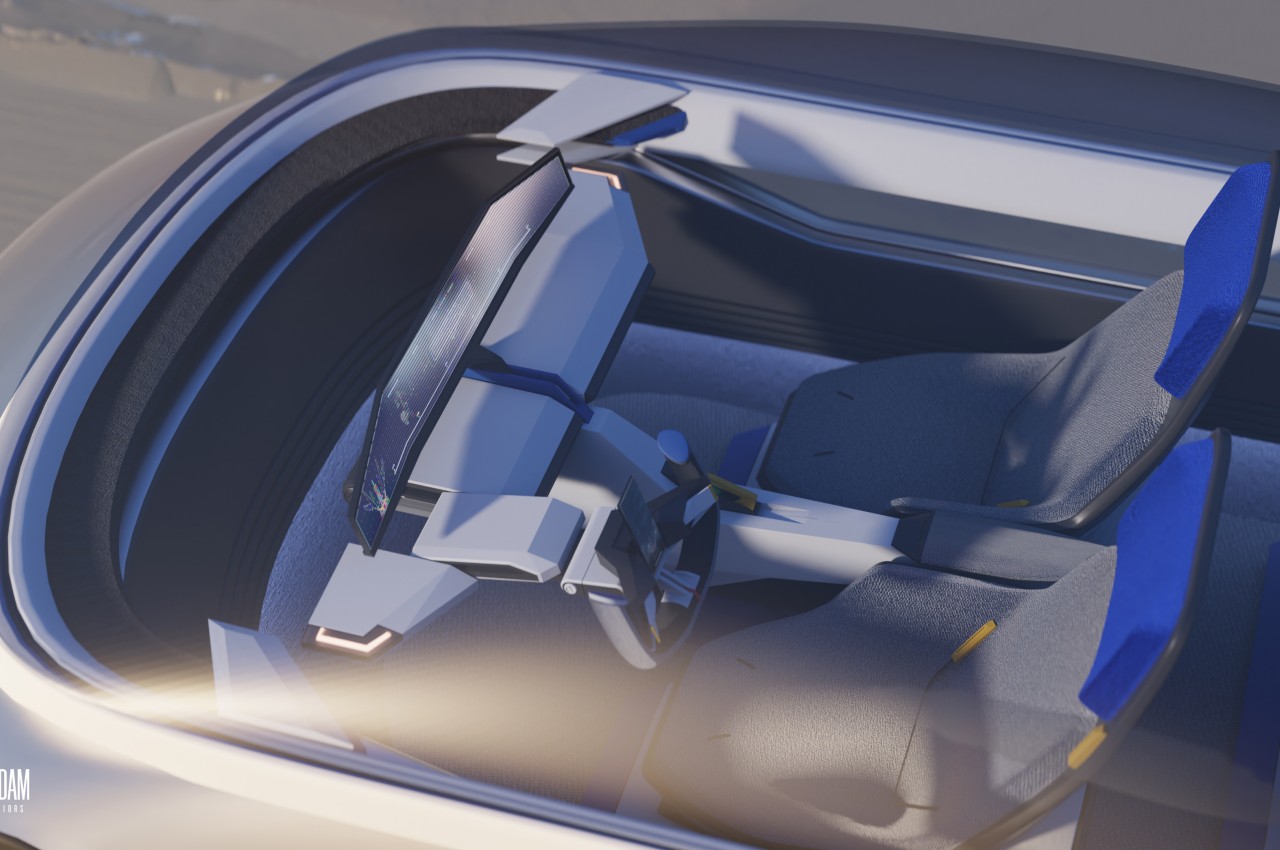
A great deal of interest has been poured into future car designs, most of which are envisioned to be self-driving vehicles. The reason for this is pretty simple, visionaries want to turn car cabins into moving hotel rooms, delivering luxurious and stylish comfort that lets passengers relax, enjoy, and ever socialize without having to pay attention to the traffic. We’re still far away from the future, however, and some car owners might prefer a different kind of ambiance and experience when driving. This car interior concept, for example, offers a different view of the future, one that makes you feel more like you’re inside the cockpit of a spaceship or, more accurately, a giant robot.
Designer: Advait Taware
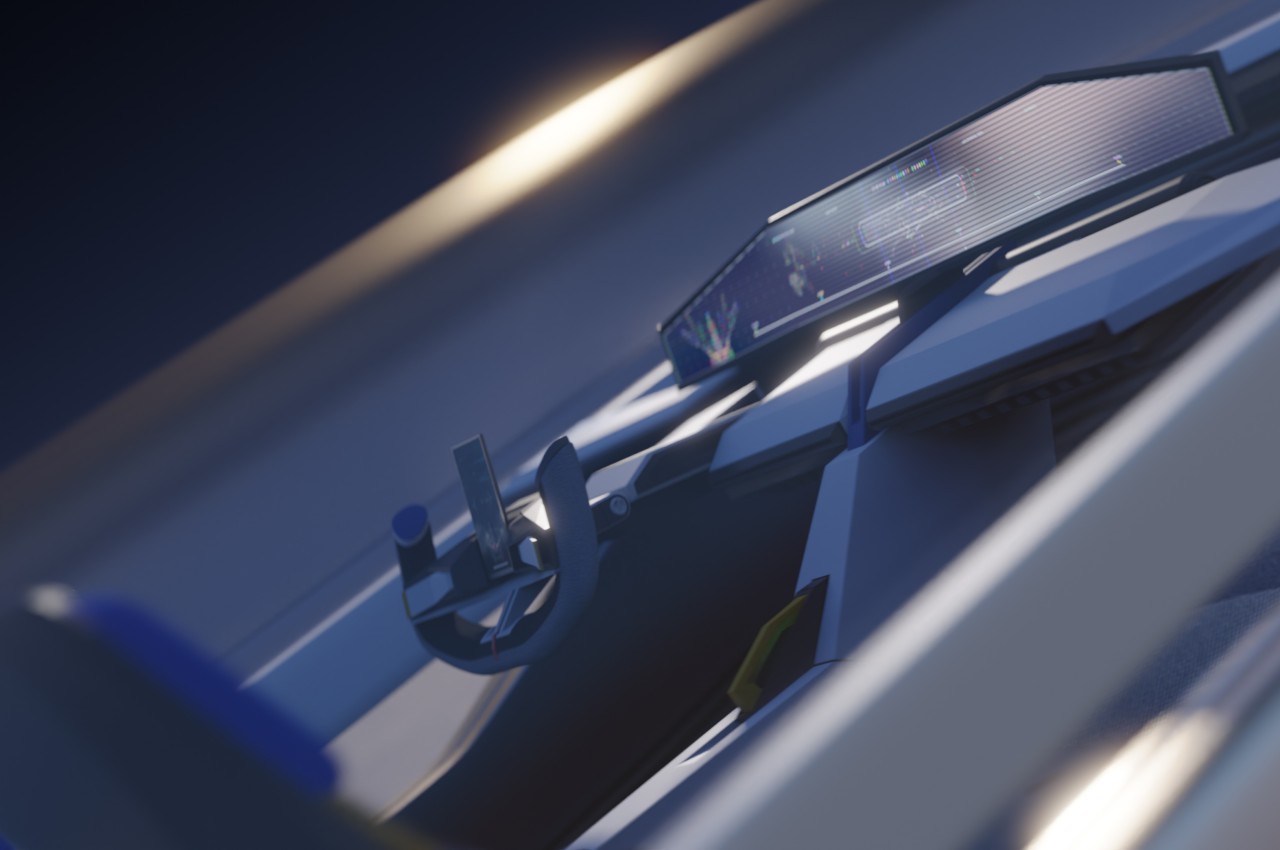
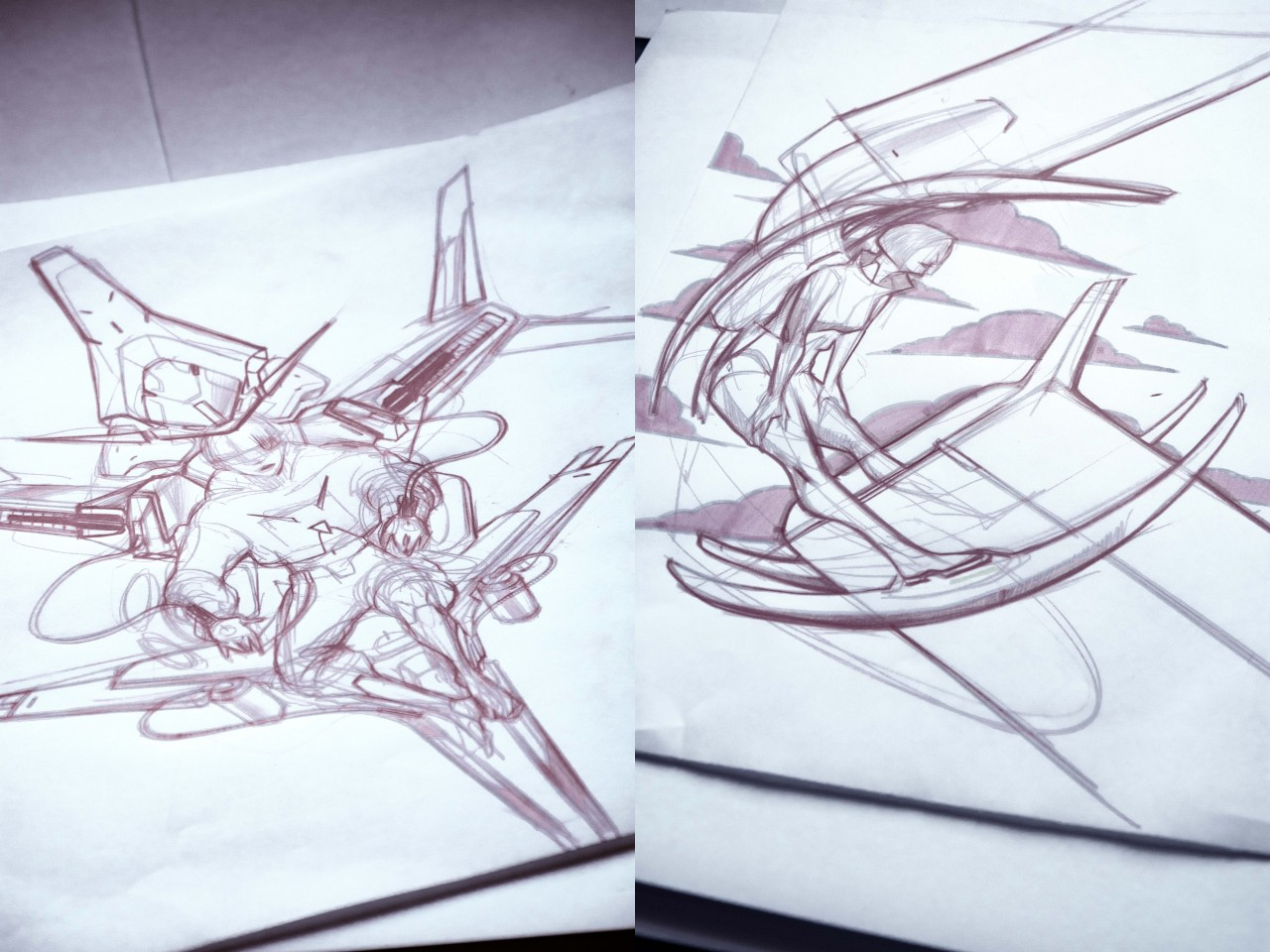
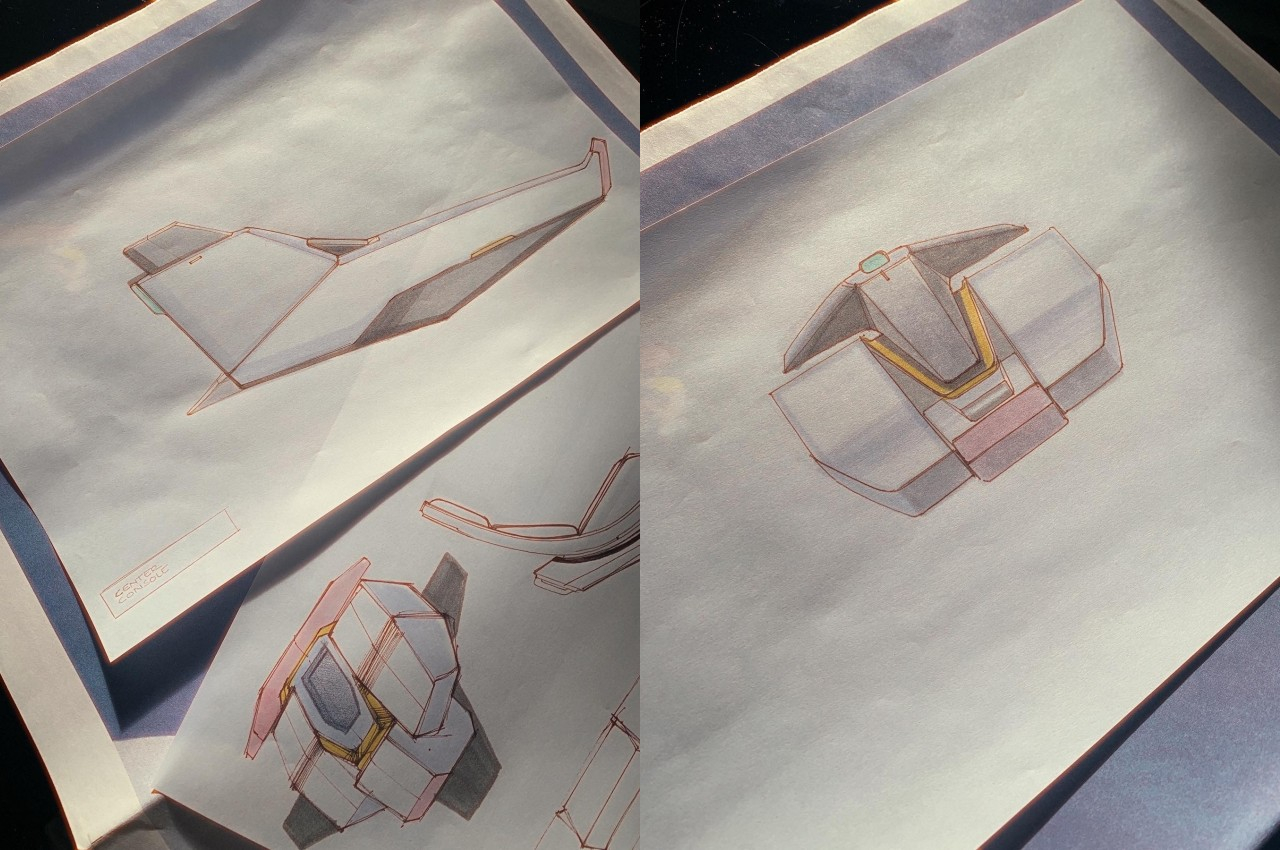
Of the many Japanese franchises that became a big hit worldwide, Gundam is perhaps the most iconic when it comes to giant piloted robots. Although the brand has a wide variety of robot designs, perhaps the most popular ones involve a particular white, blue, and red theme with plenty of flat panels, sharp edges, and polygonal surfaces. Gundam has inspired generations of toy collectors, enthusiasts, and even designers, one of which turned that motif into something that can actually be realistic, even if you don’t have a mecha to pilot.
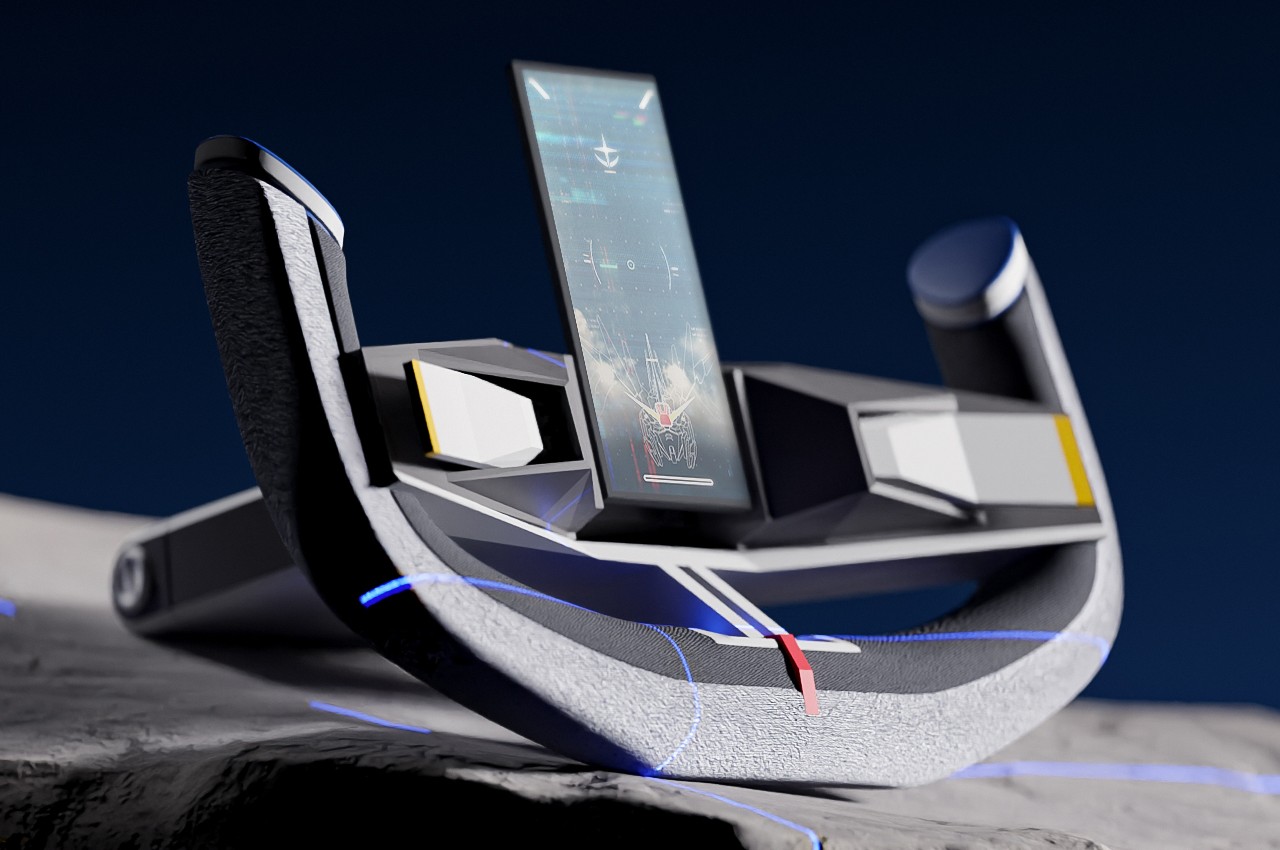
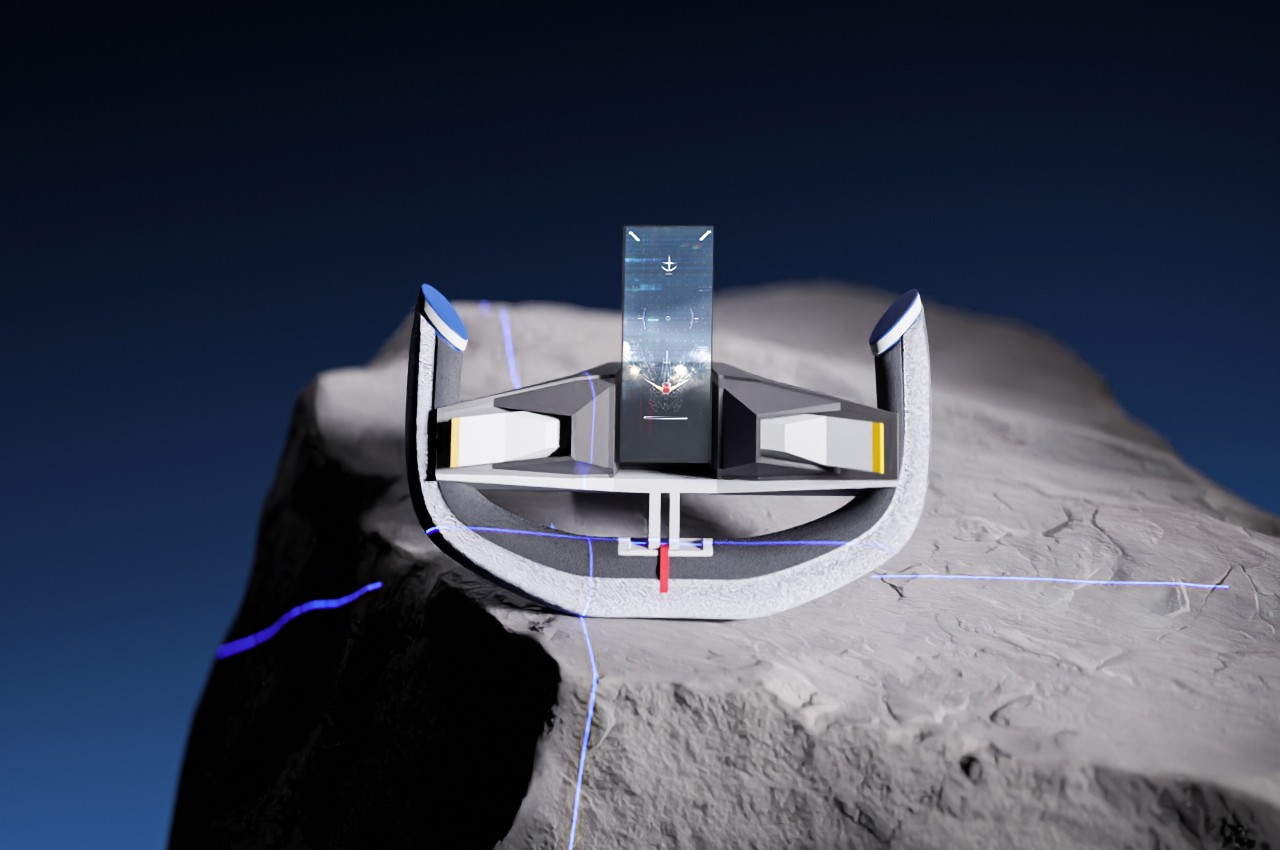
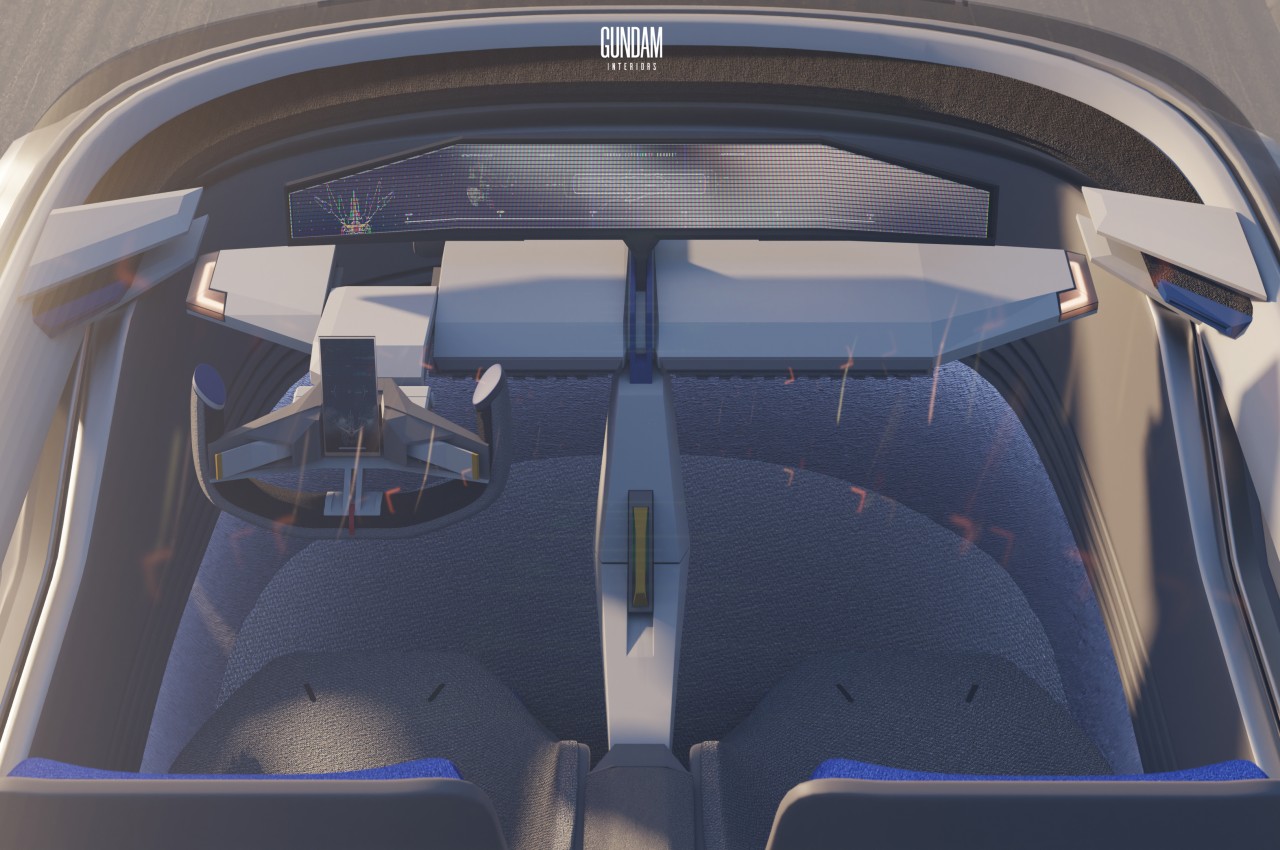
A giant robot cockpit is probably the last thing you’d imagine for the car of the future. After all, those robots were often used for militaristic purposes, though some might say that daily commute traffic makes them feel that way. That said, the Gundam Interiors concept does have a certain charm to it, providing a futuristic driving experience that is, ironically, more steeped in present reality than the self-driving concepts that automobile makers and tech companies are trying to paint. In other words, it still requires the driver to be in control, providing seats in front and a steering wheel.

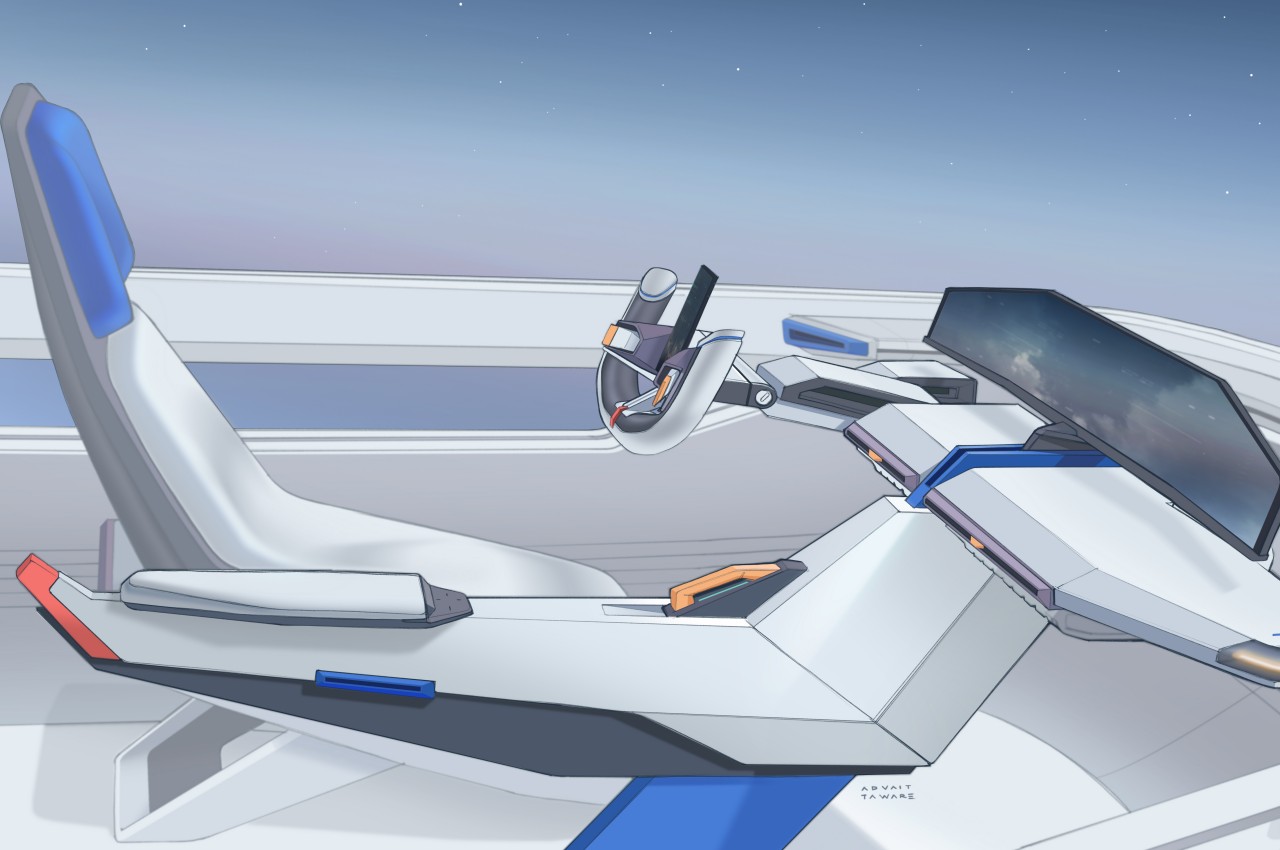
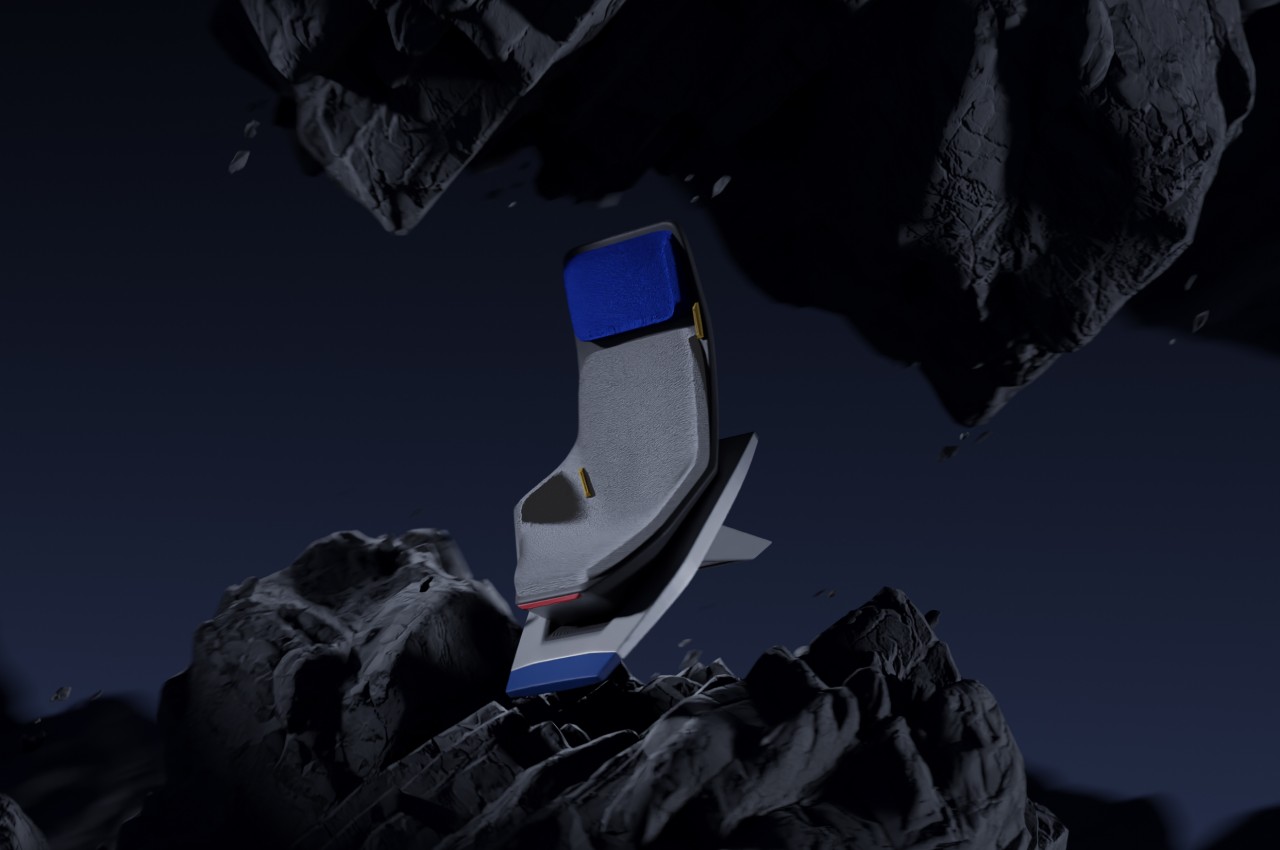
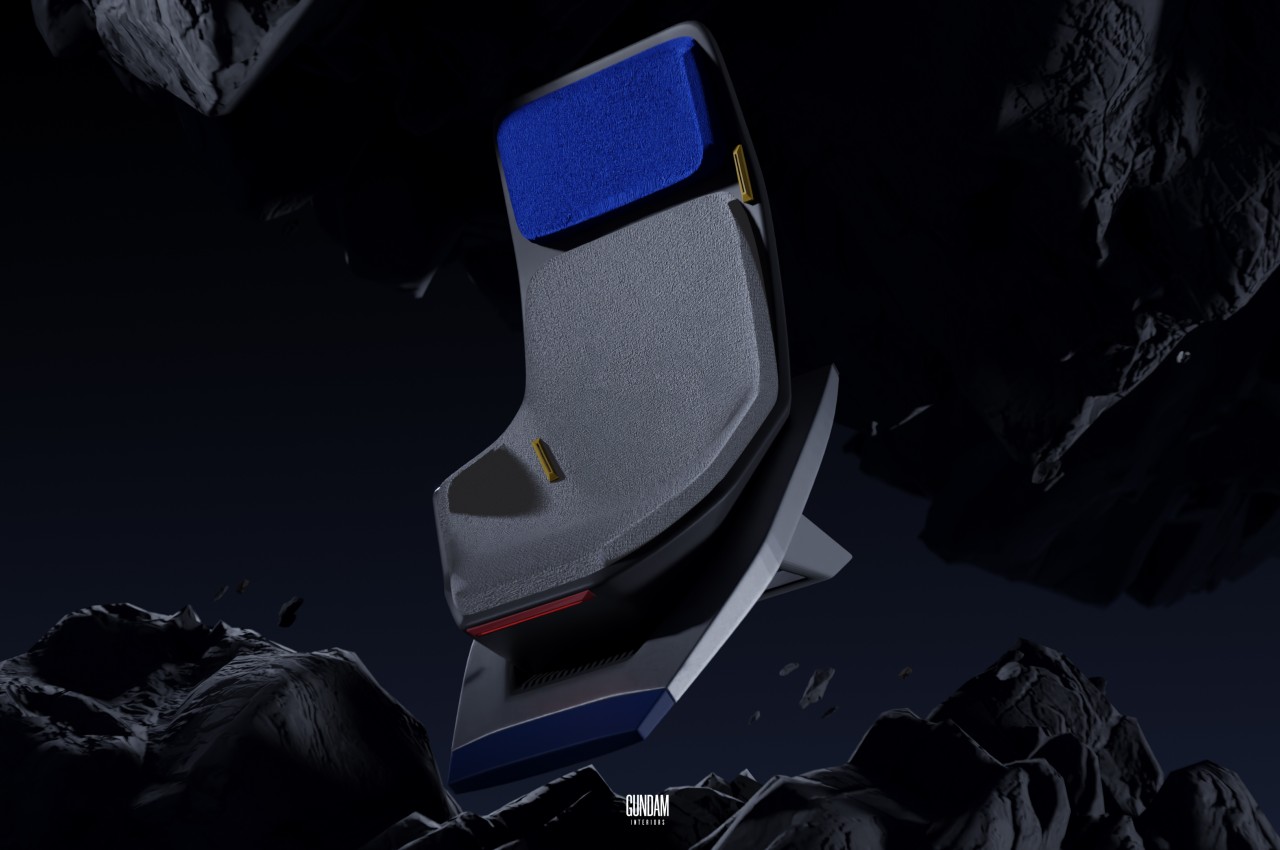
Of course, the designs of these components are anything but typical for this concept. The U-shaped steering wheel, for example, looks more like the controls of a plane than a car. A tall display in the middle of the wheel provides immediate information and controls, which is important since the instrumentation dashboard is quite far in front, too far to reach for any interaction. The seats are also atypical of car seats, adopting an almost angular shape that looks aerodynamic, almost like a small aircraft itself.
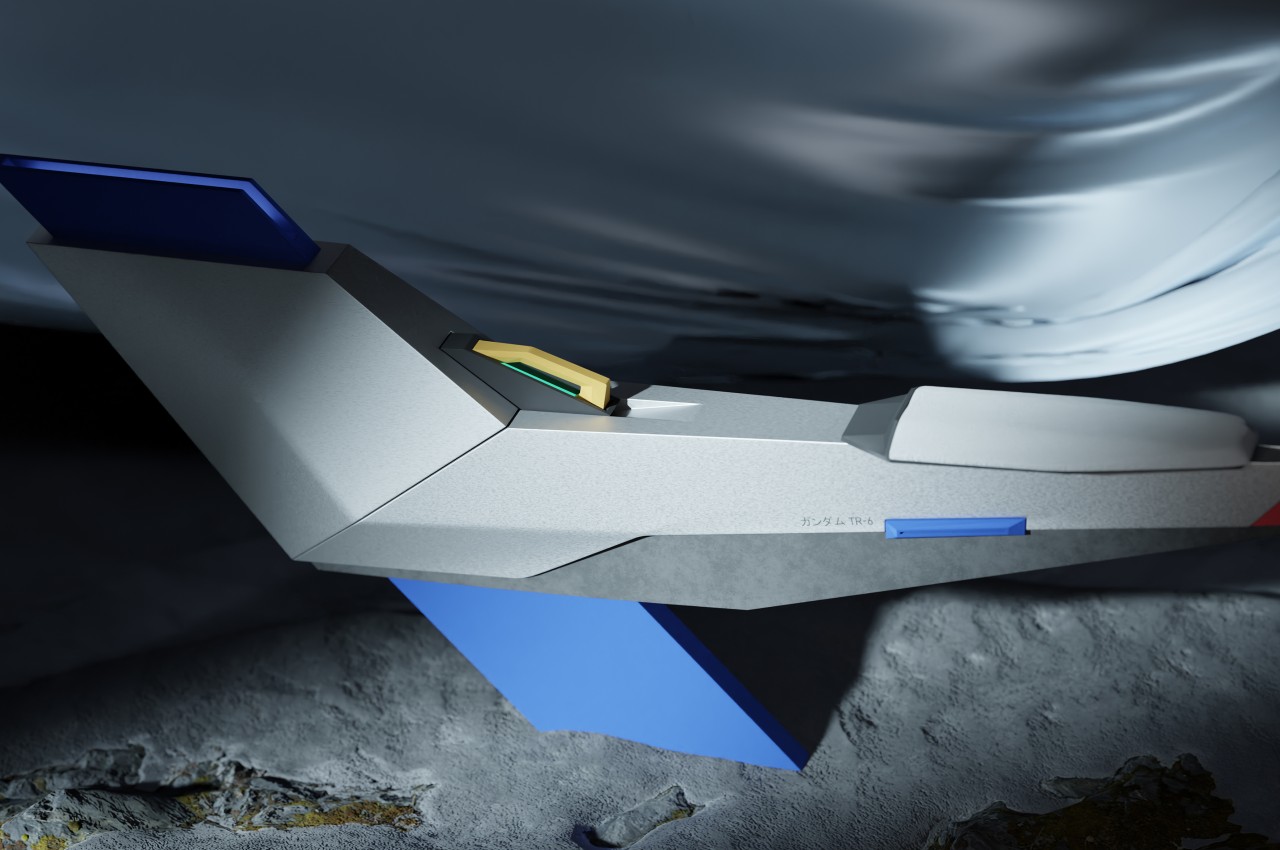
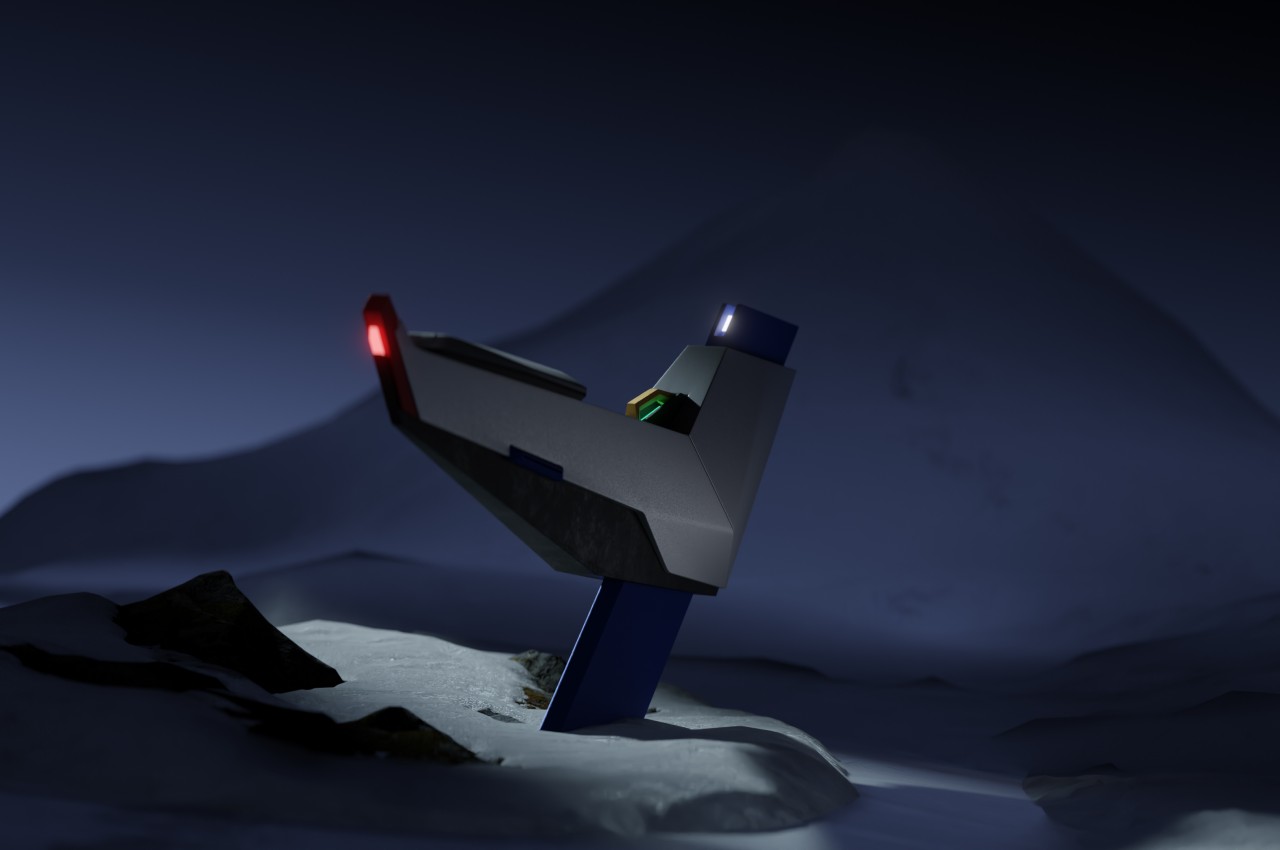
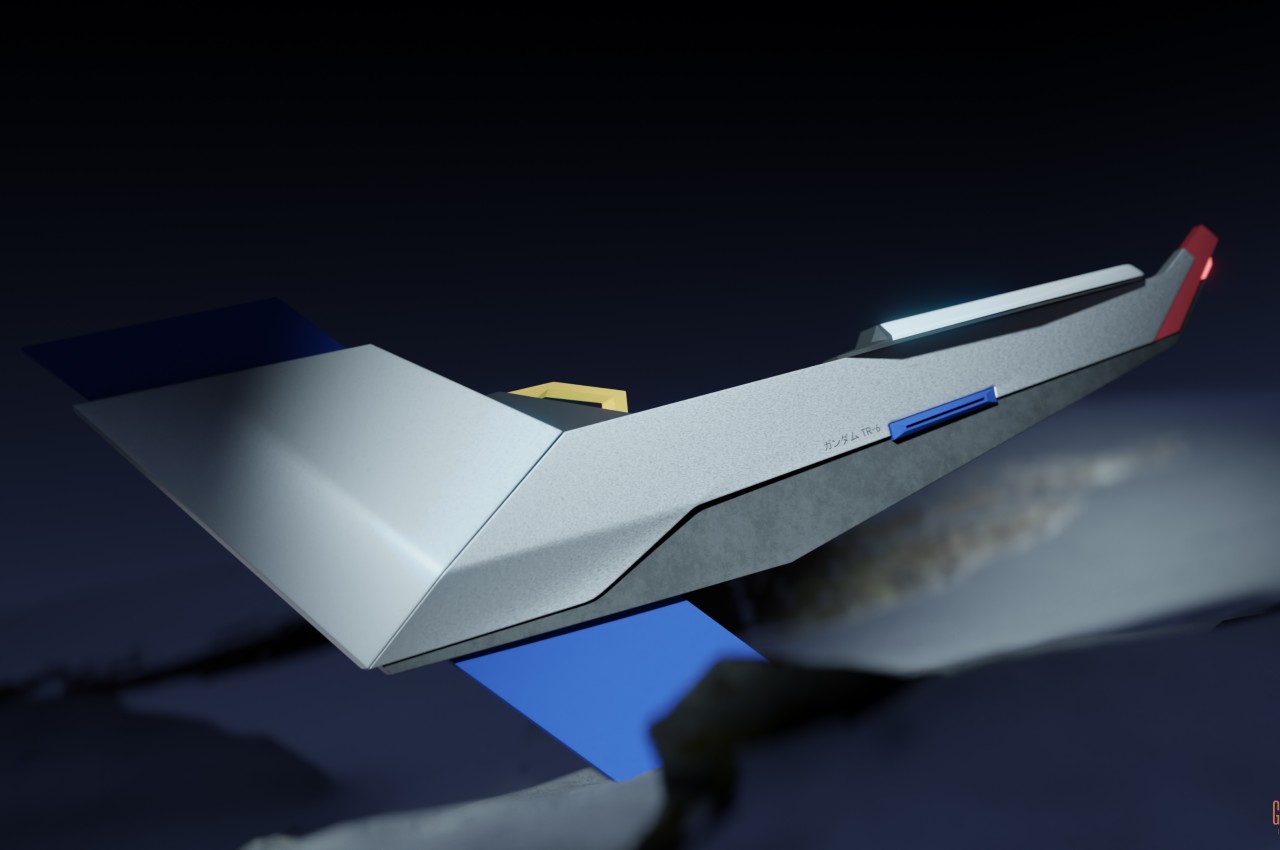
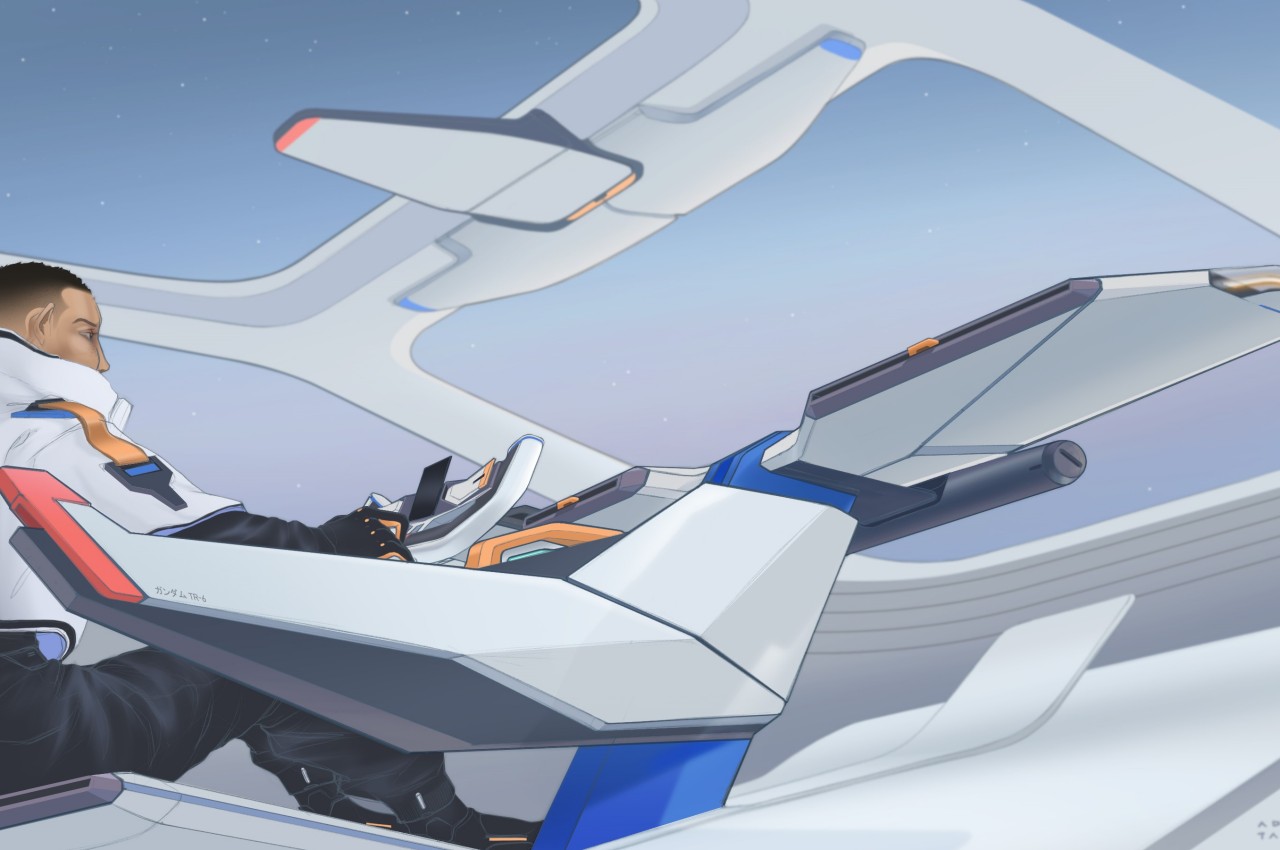
The cabin of this futuristic car is filled with such hard, edgy design elements, but the use of lighter tones like white and light gray softens the visual to some extent. Ironically, the exterior of this futuristic car is the thematic opposite of its interior, sporting a smooth and curved chassis not unlike the typical self-driving car concepts you’d see lately. It’s an interesting juxtaposition that does give the design a bit of character but could also prove to be a bit incoherent in terms of overall themes.
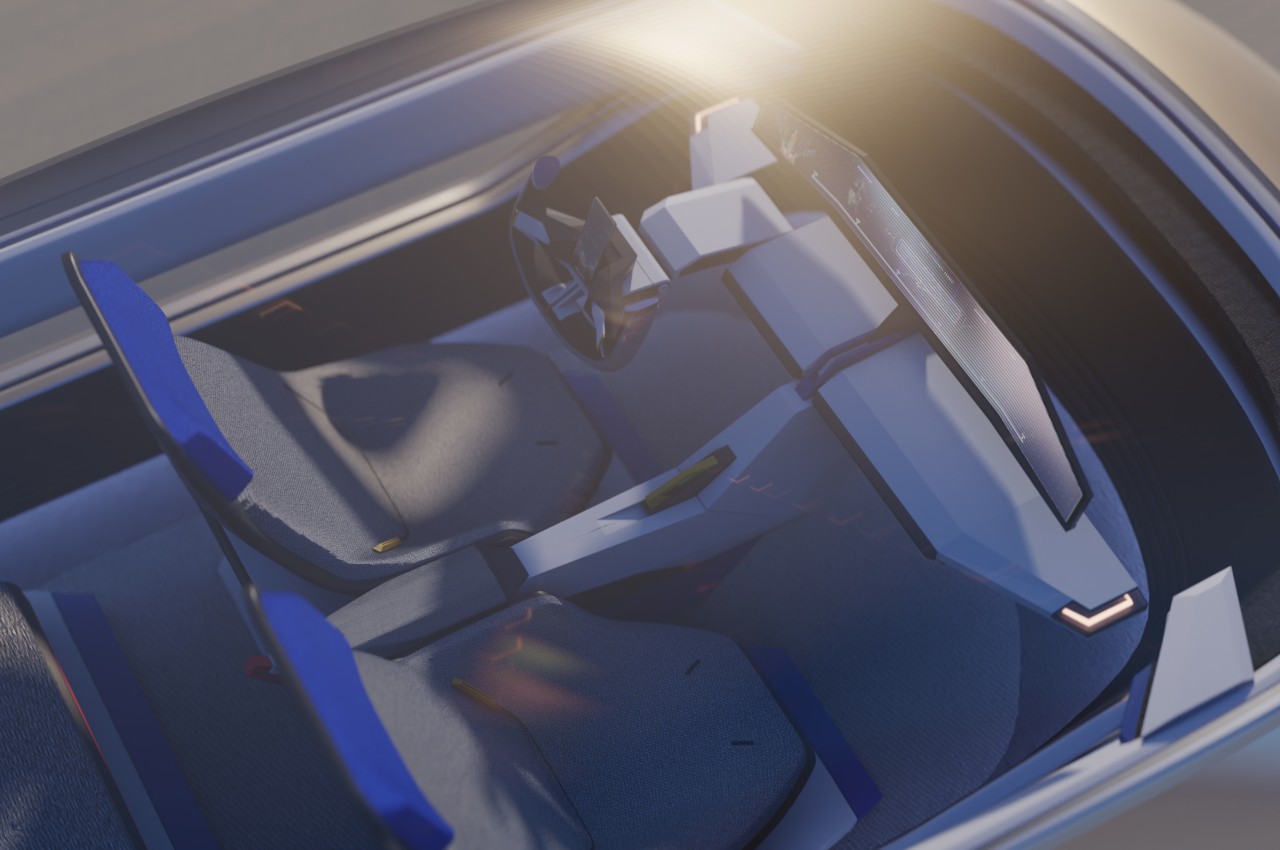
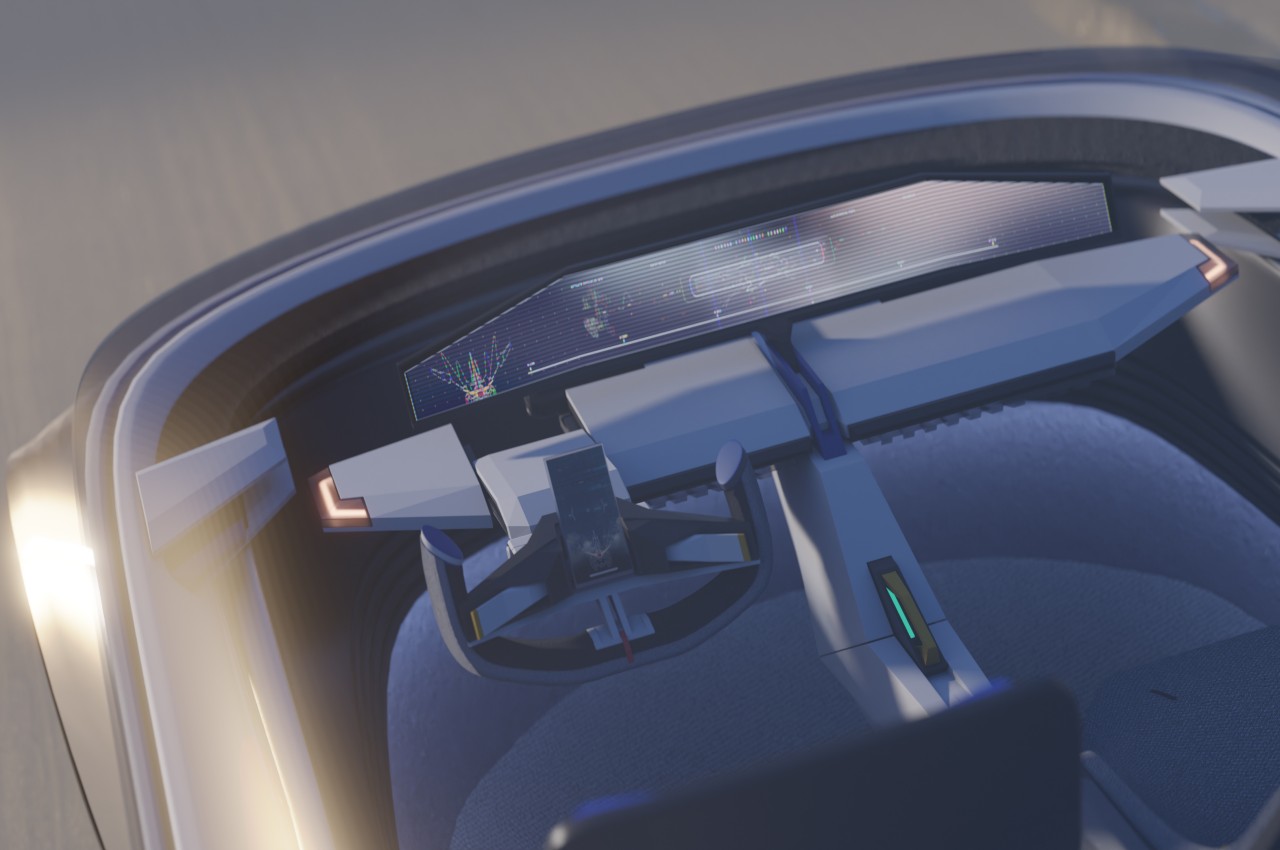
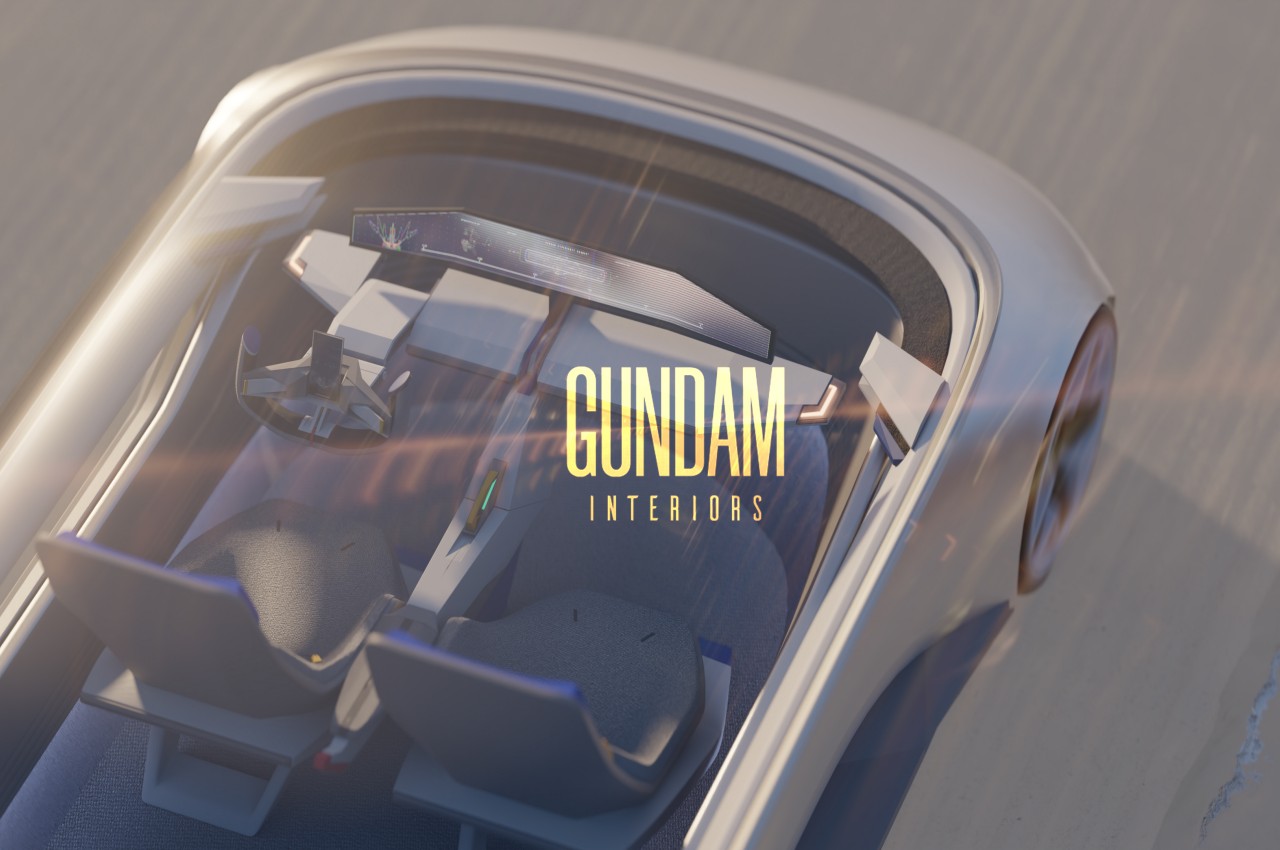
The post Futuristic car interior concept makes you feel like you’re driving a giant robot first appeared on Yanko Design.
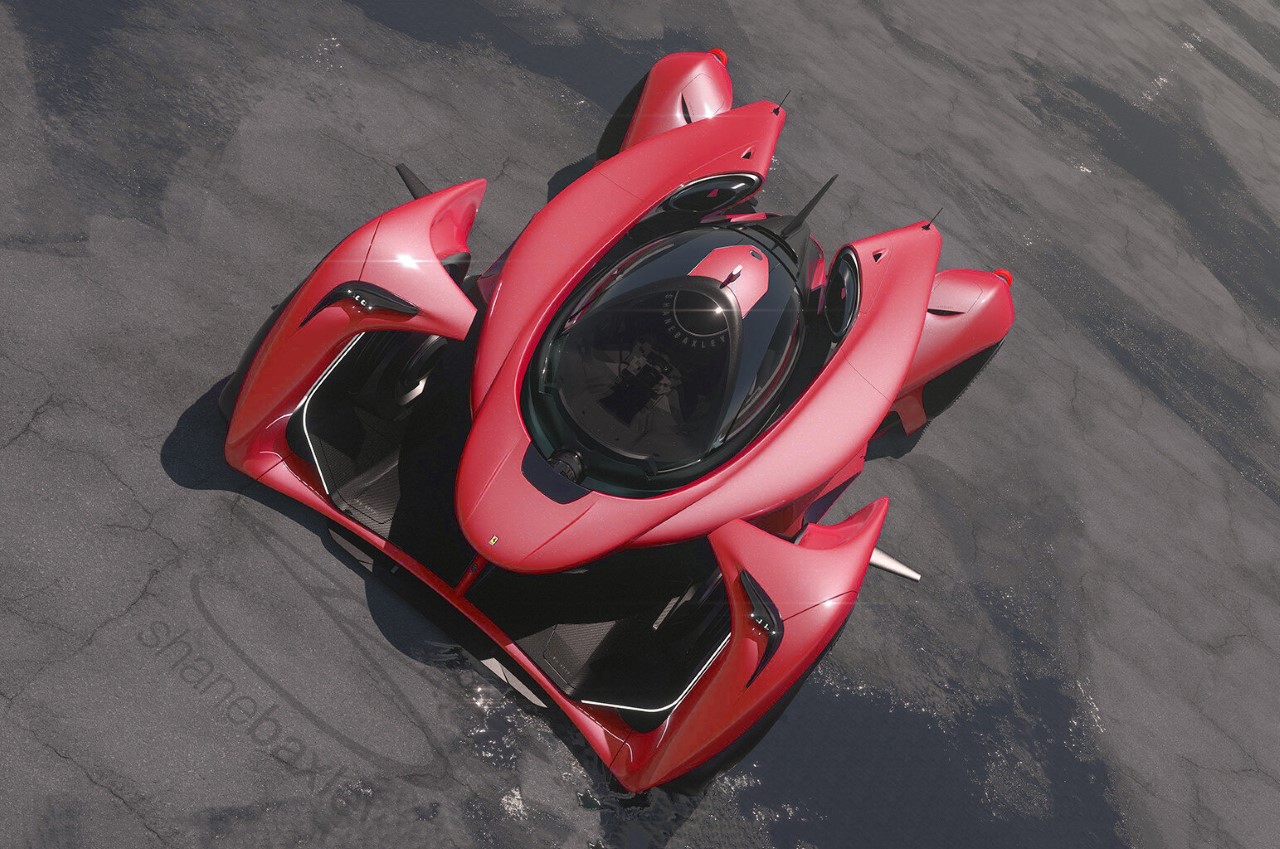
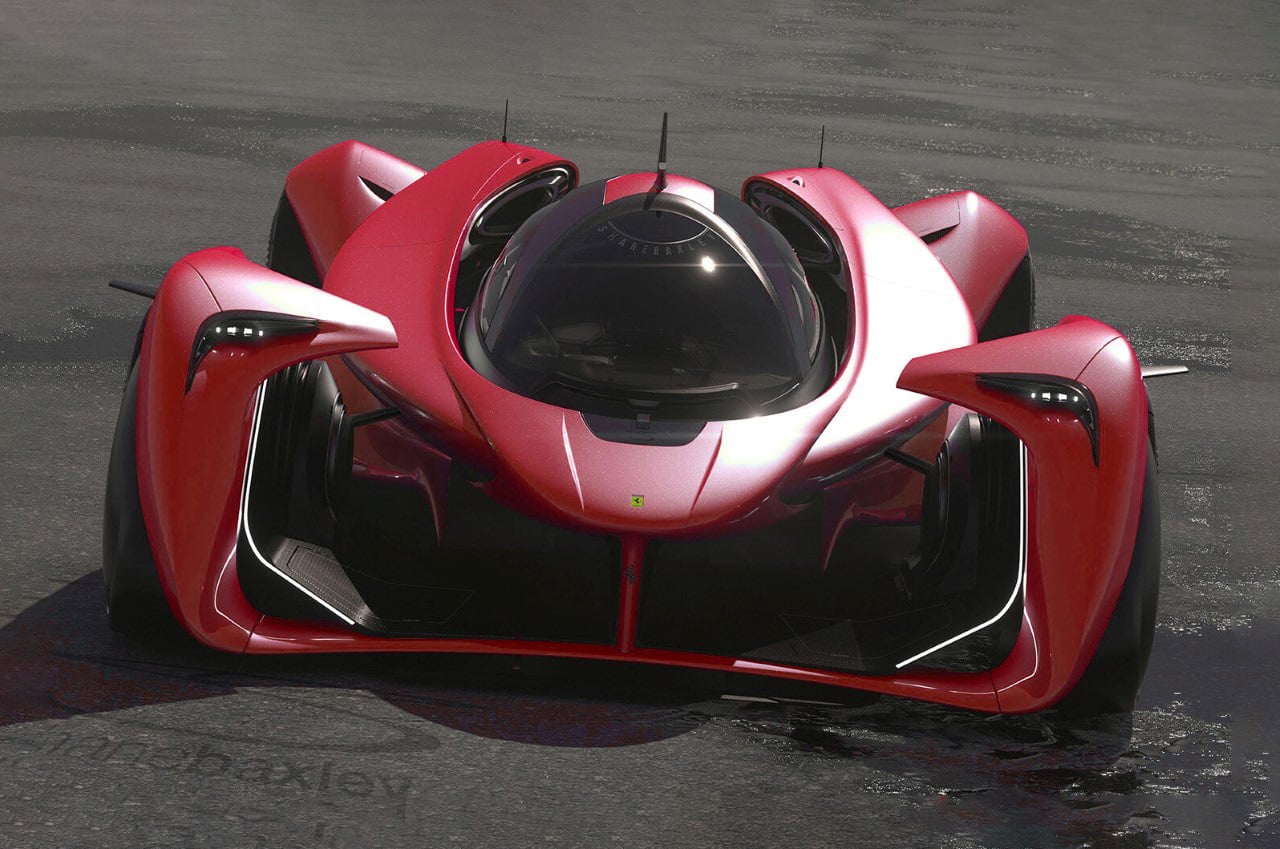
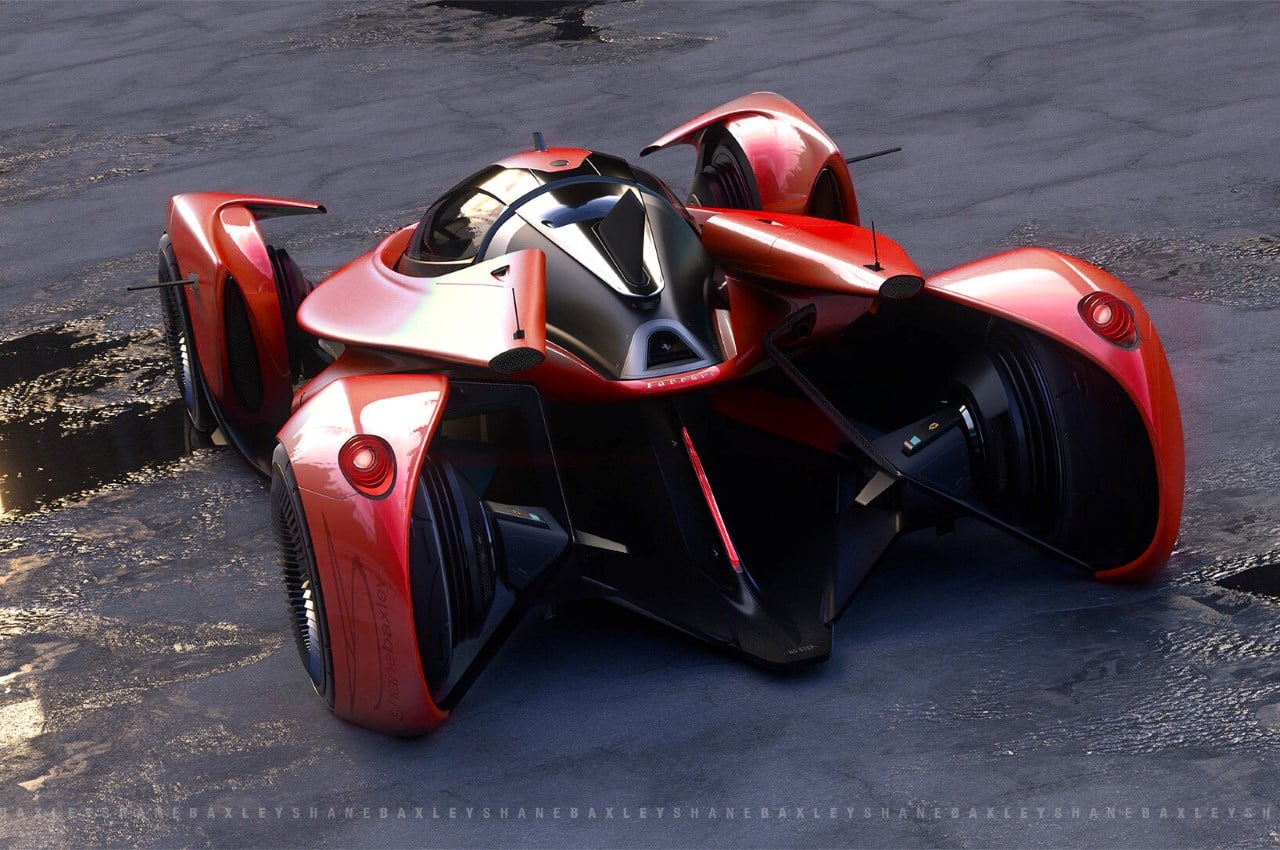
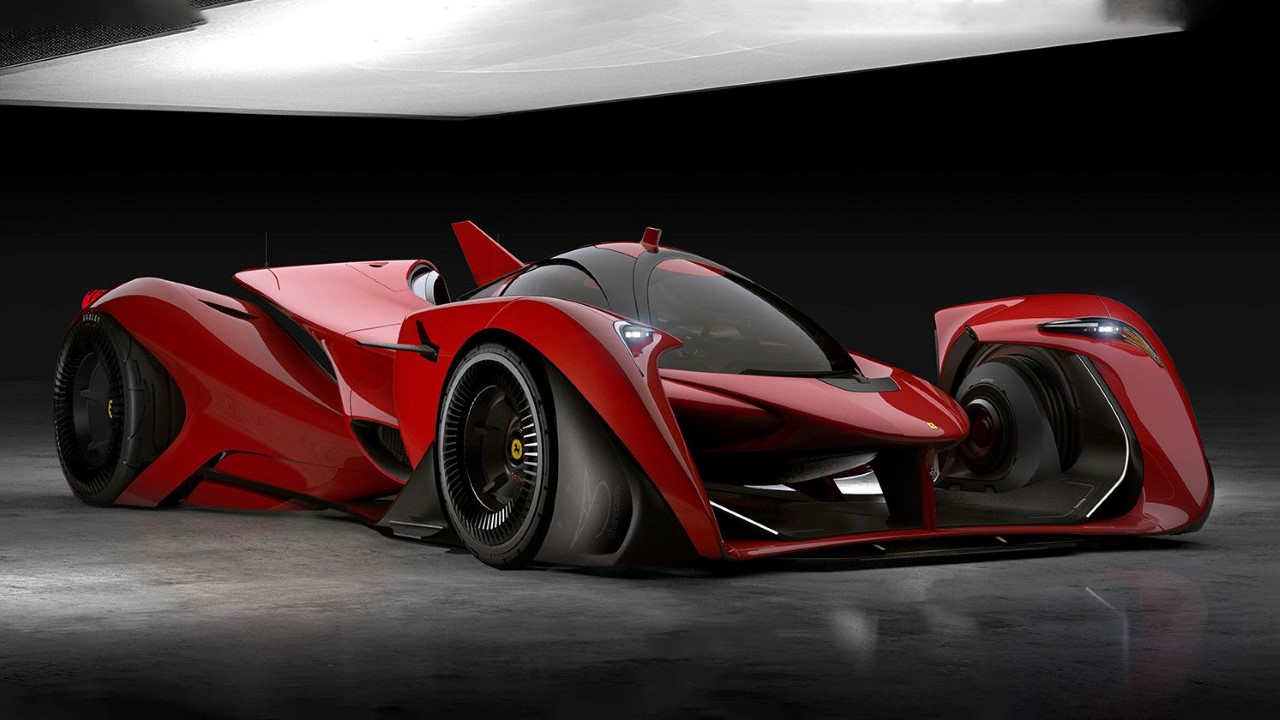
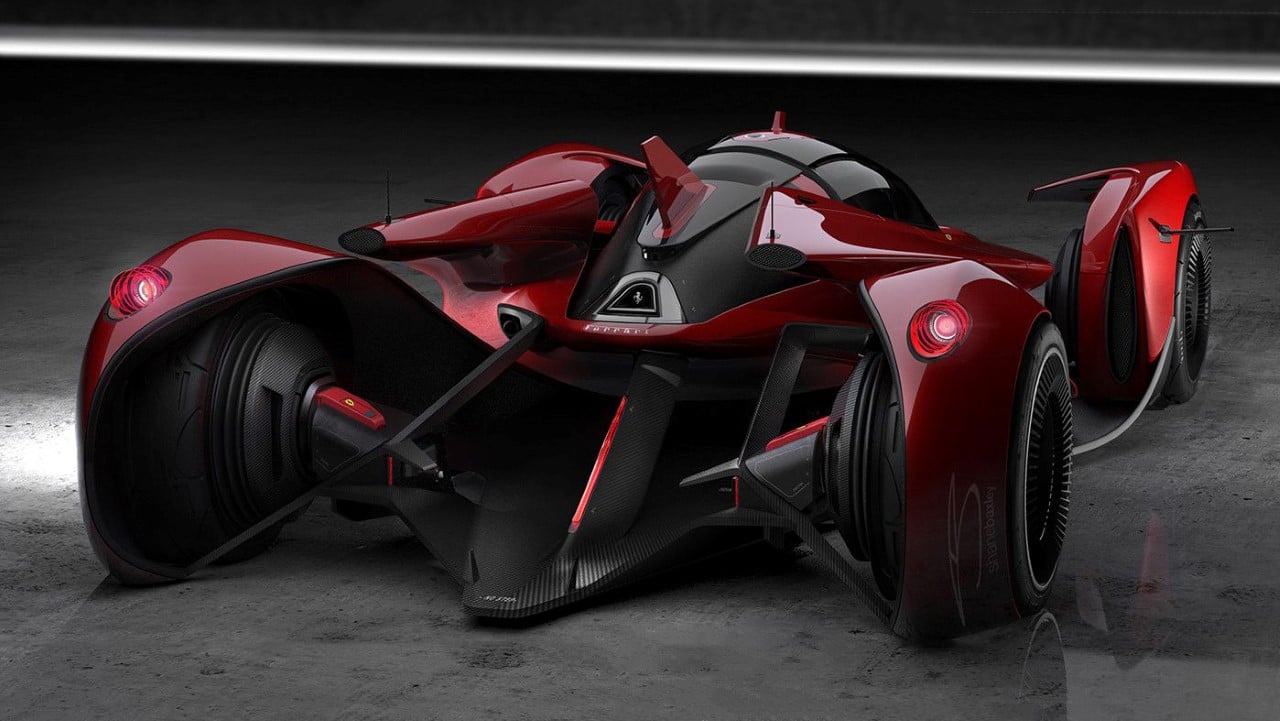
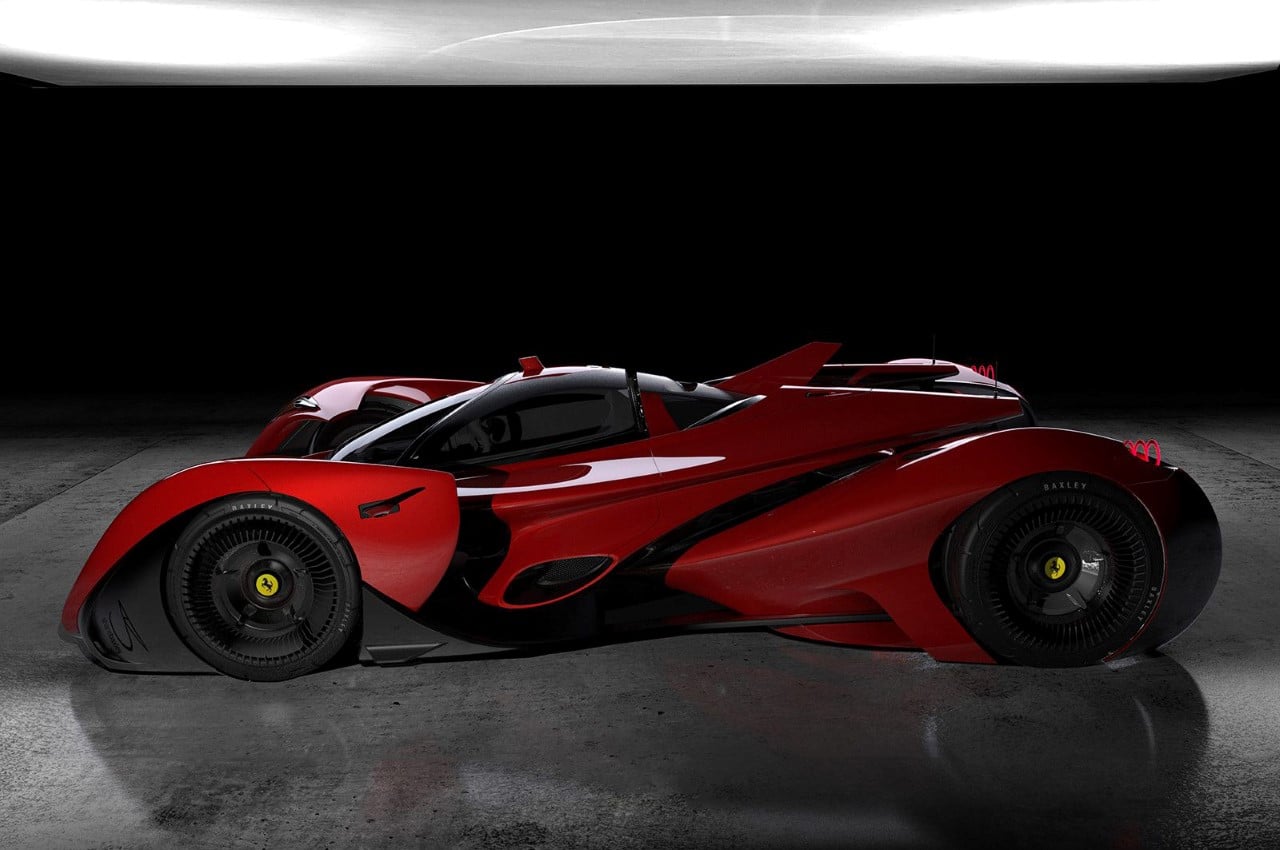
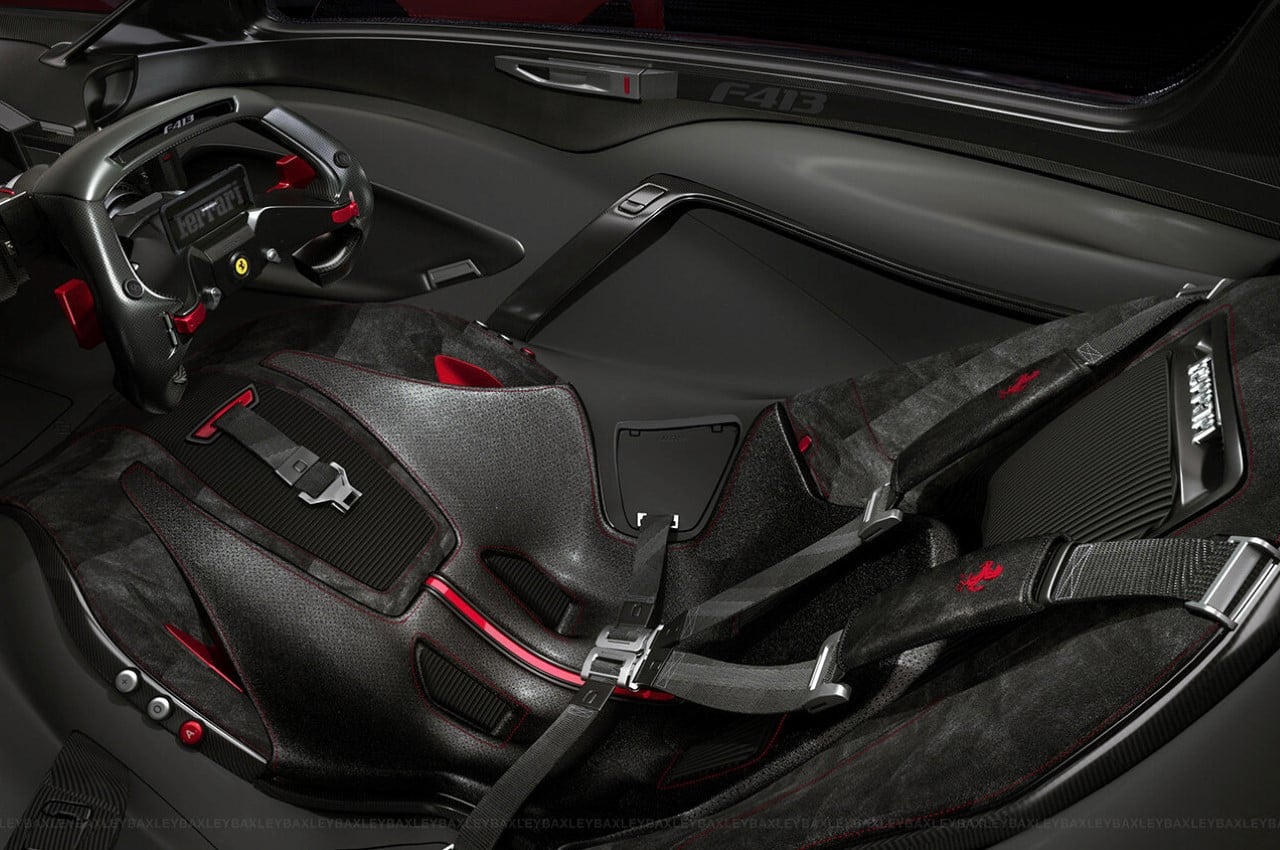
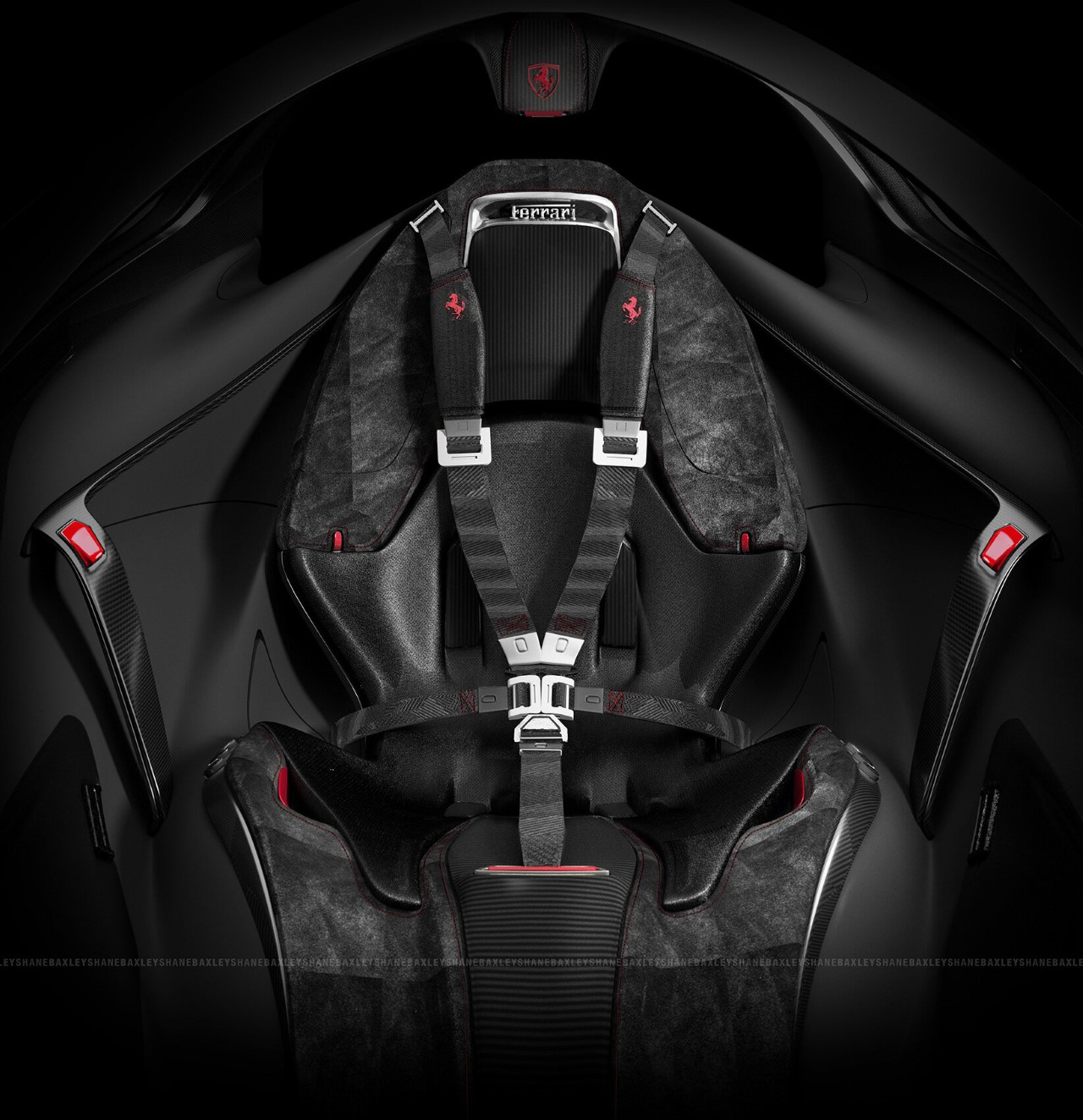
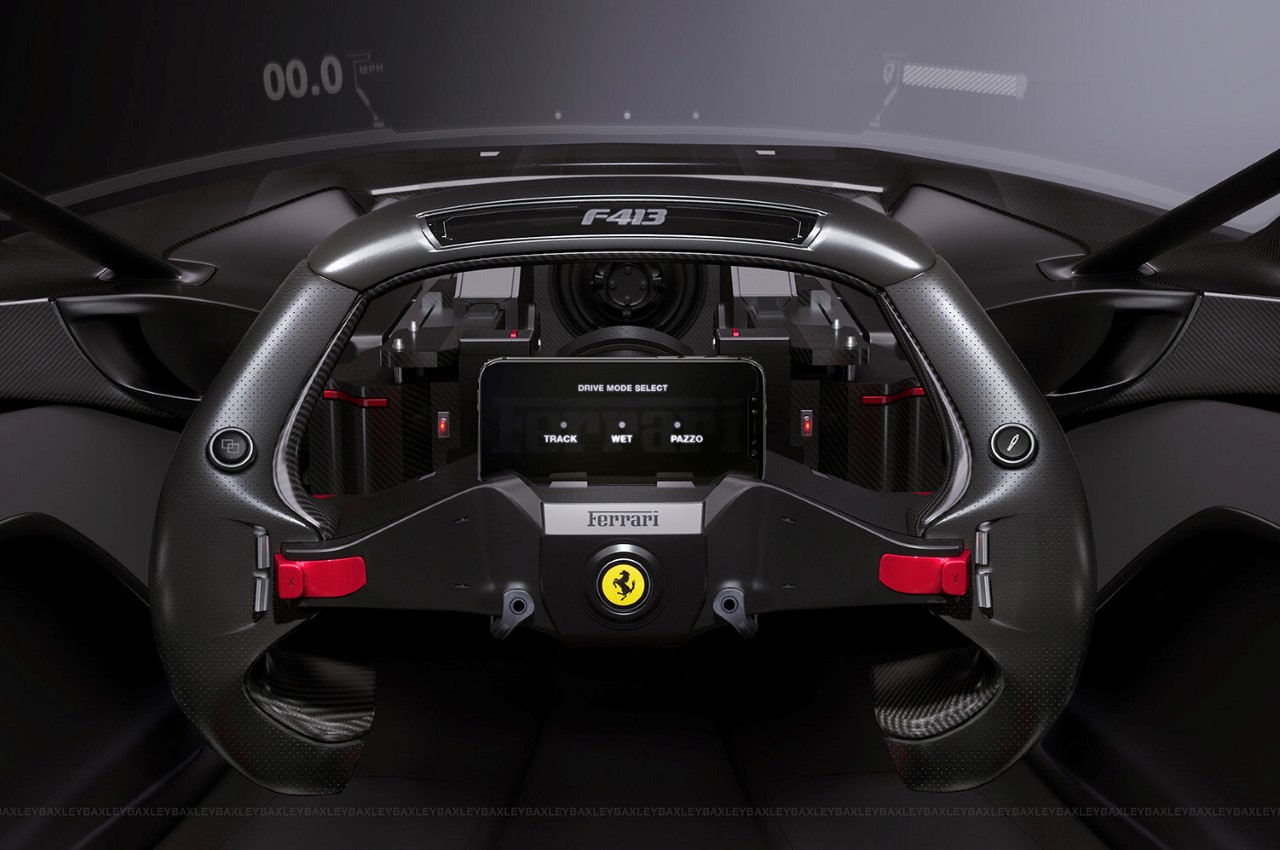
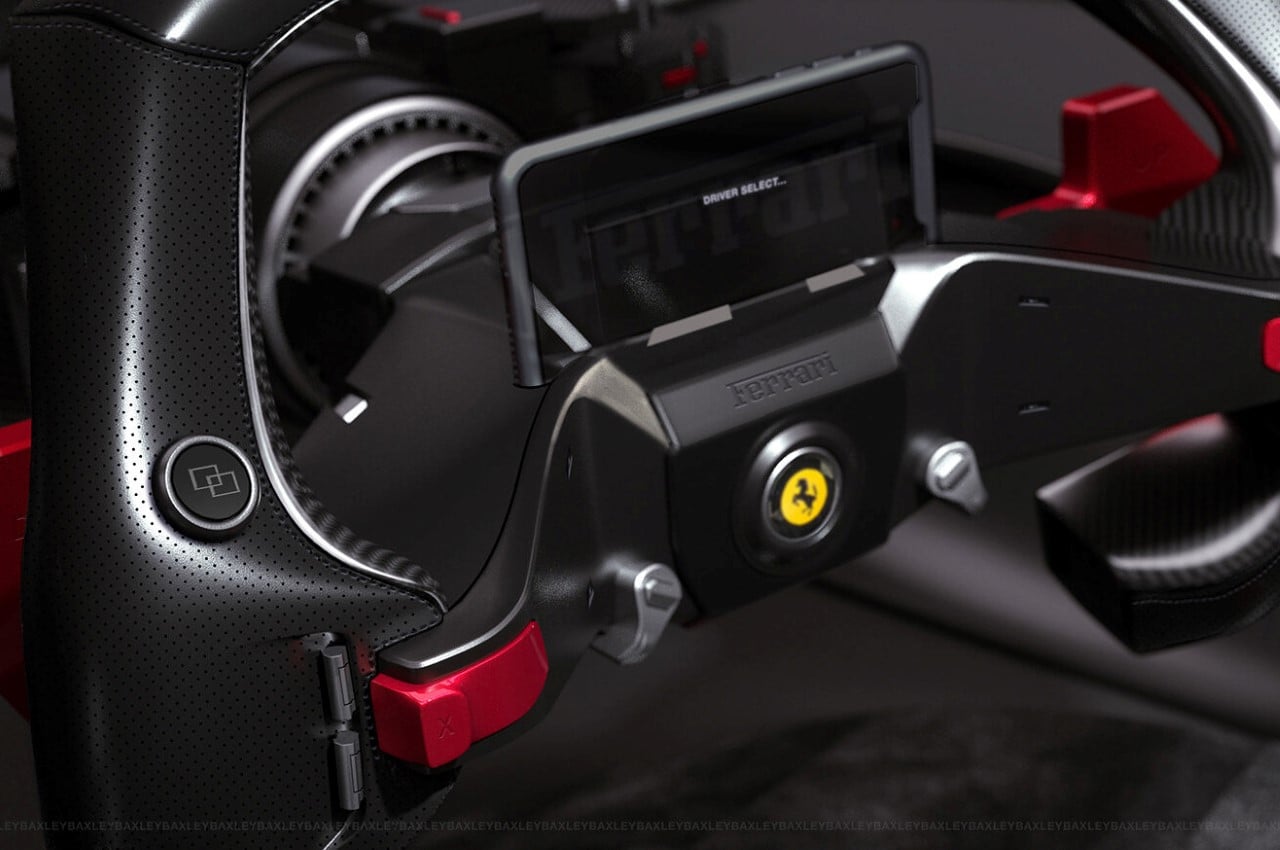
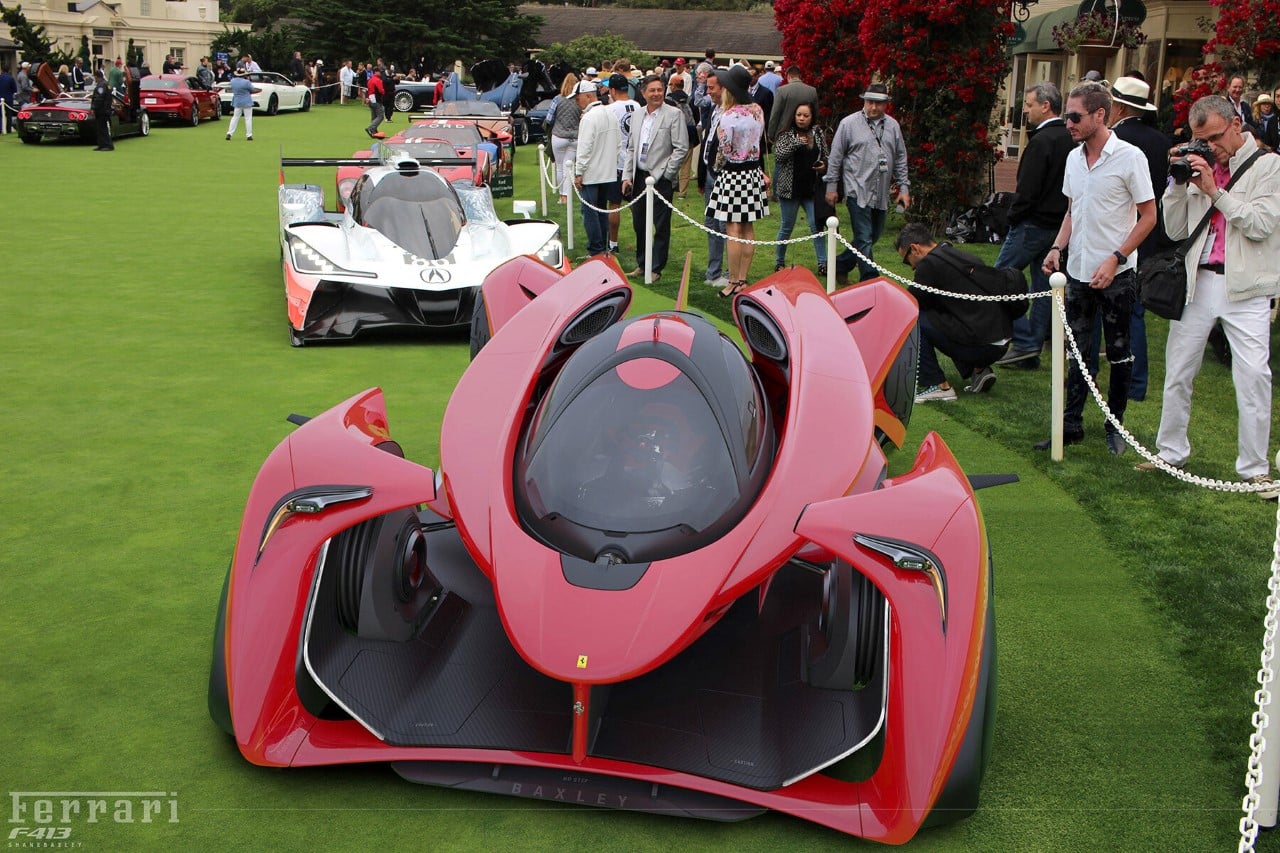








 Flying in a small plane is thrilling (and at least slightly terrifying) when things go as planned. It's another story when the pilot of the small plane is, for whatever reason, suddenly unable to fly or land it. Most passengers would have no idea wha...
Flying in a small plane is thrilling (and at least slightly terrifying) when things go as planned. It's another story when the pilot of the small plane is, for whatever reason, suddenly unable to fly or land it. Most passengers would have no idea wha...
 Airbus has been working on its Vahana project for years. It's an attempt to create an autonomous passenger drone network that could operate like a flying version of the Waymo's self-driving cars. In January, the company's flying taxi took to the skie...
Airbus has been working on its Vahana project for years. It's an attempt to create an autonomous passenger drone network that could operate like a flying version of the Waymo's self-driving cars. In January, the company's flying taxi took to the skie...
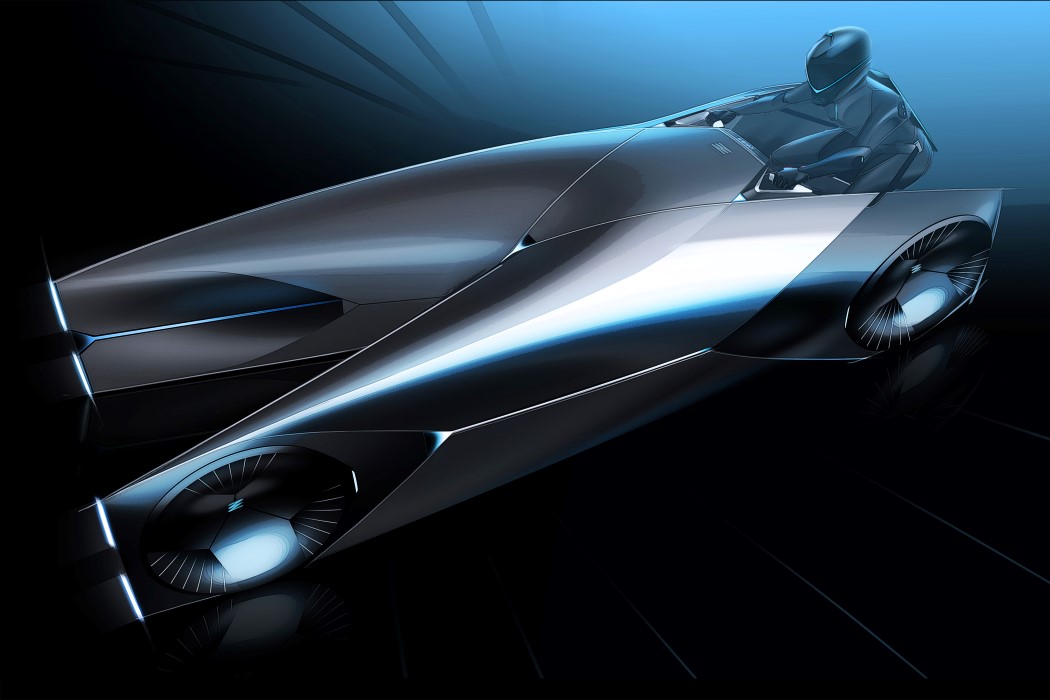
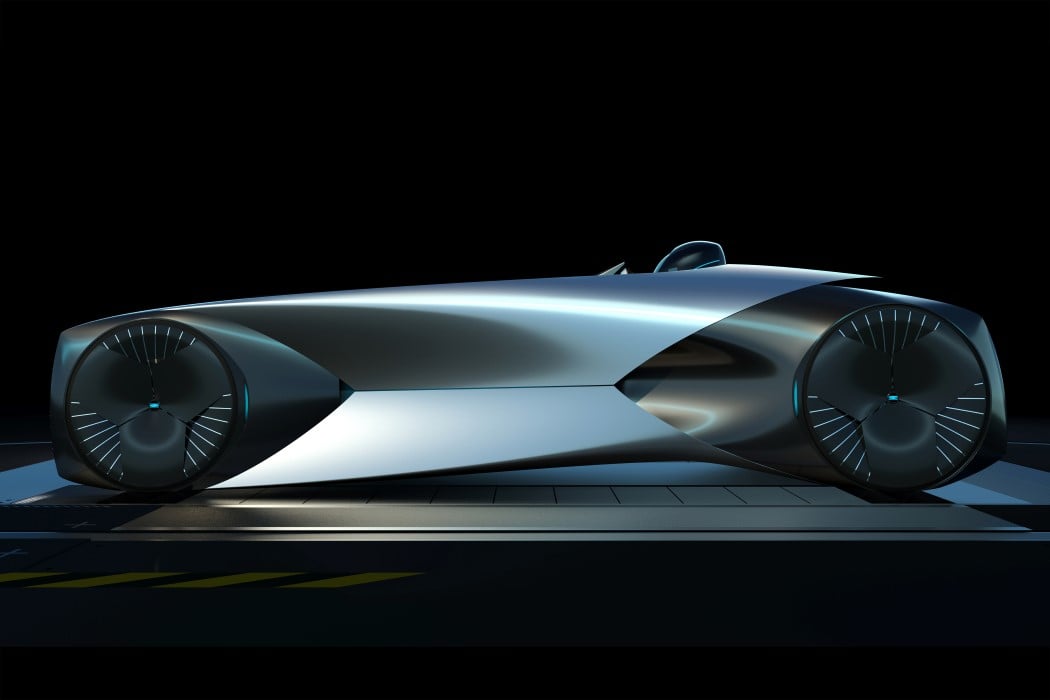
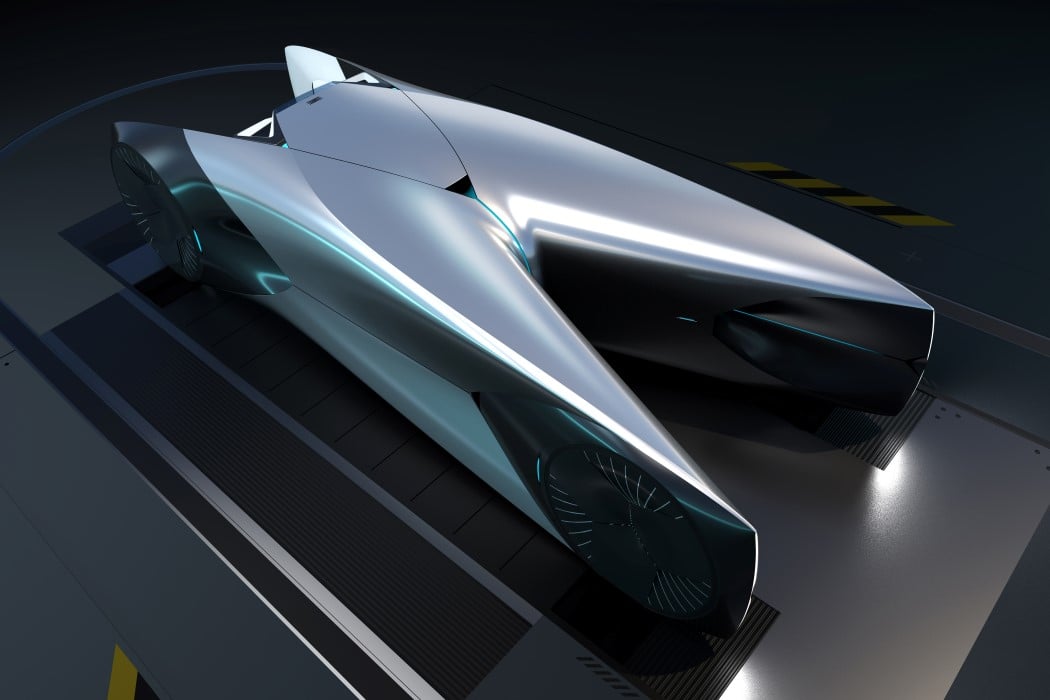
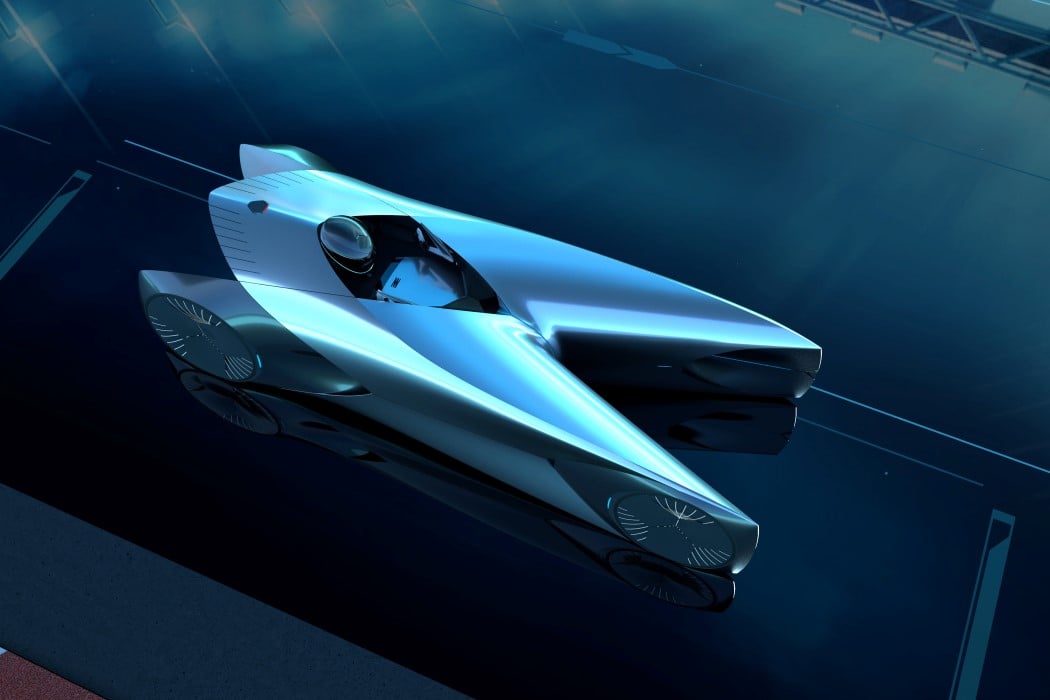
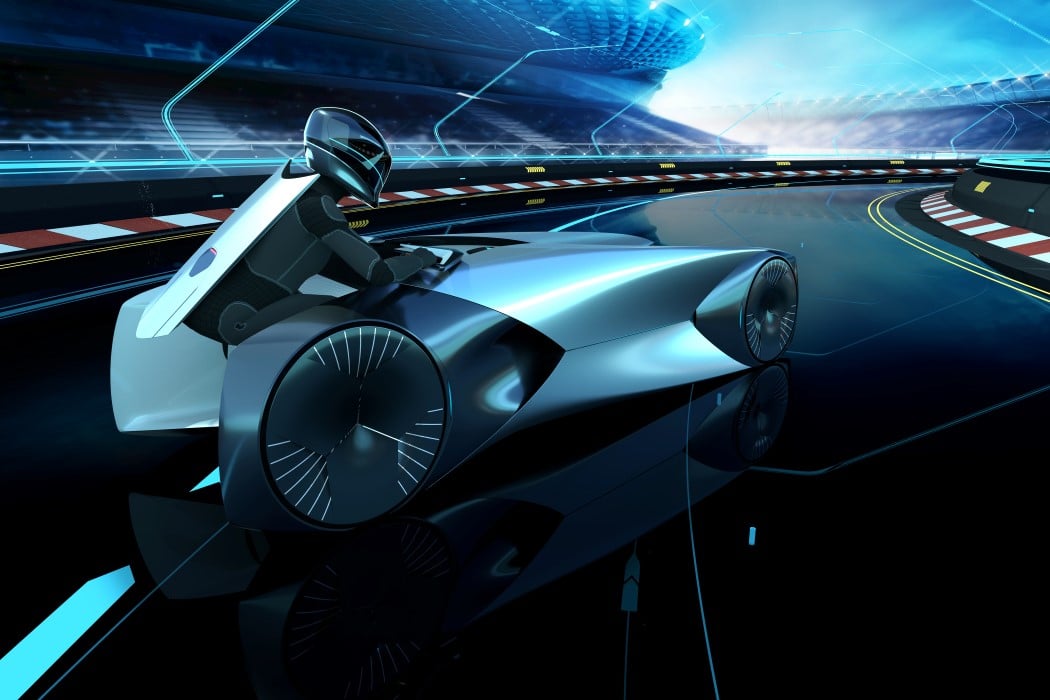
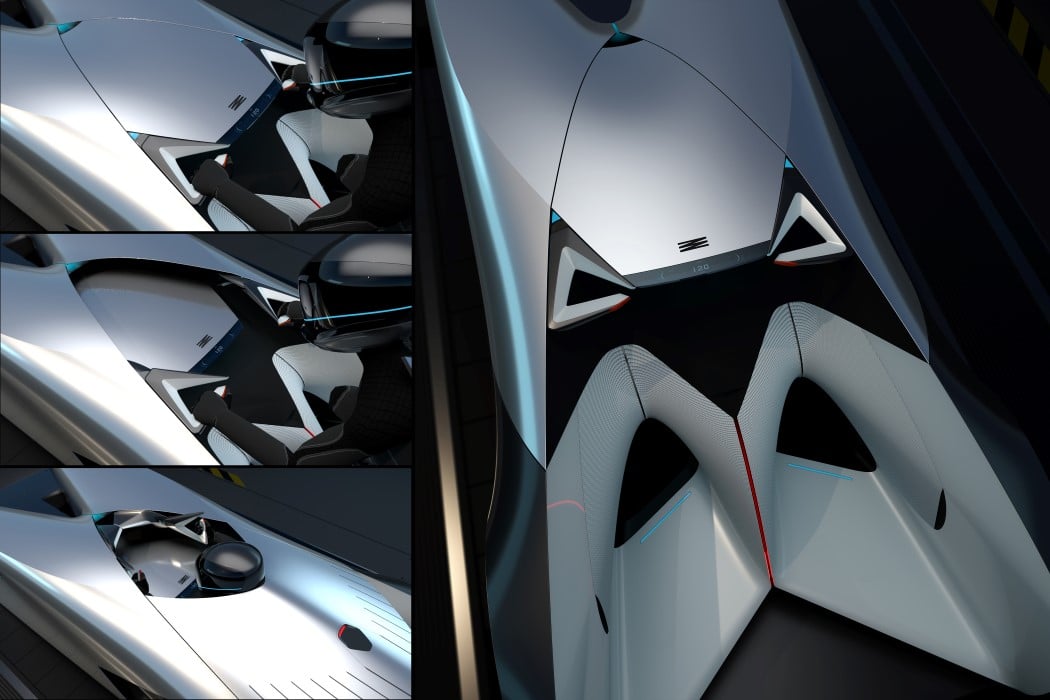
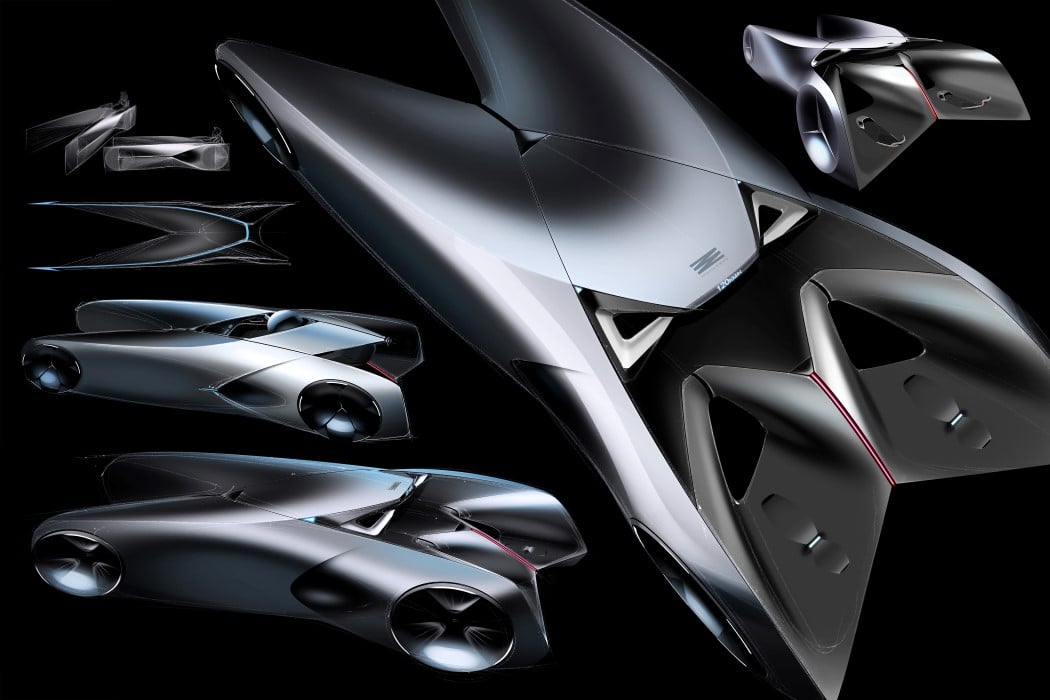


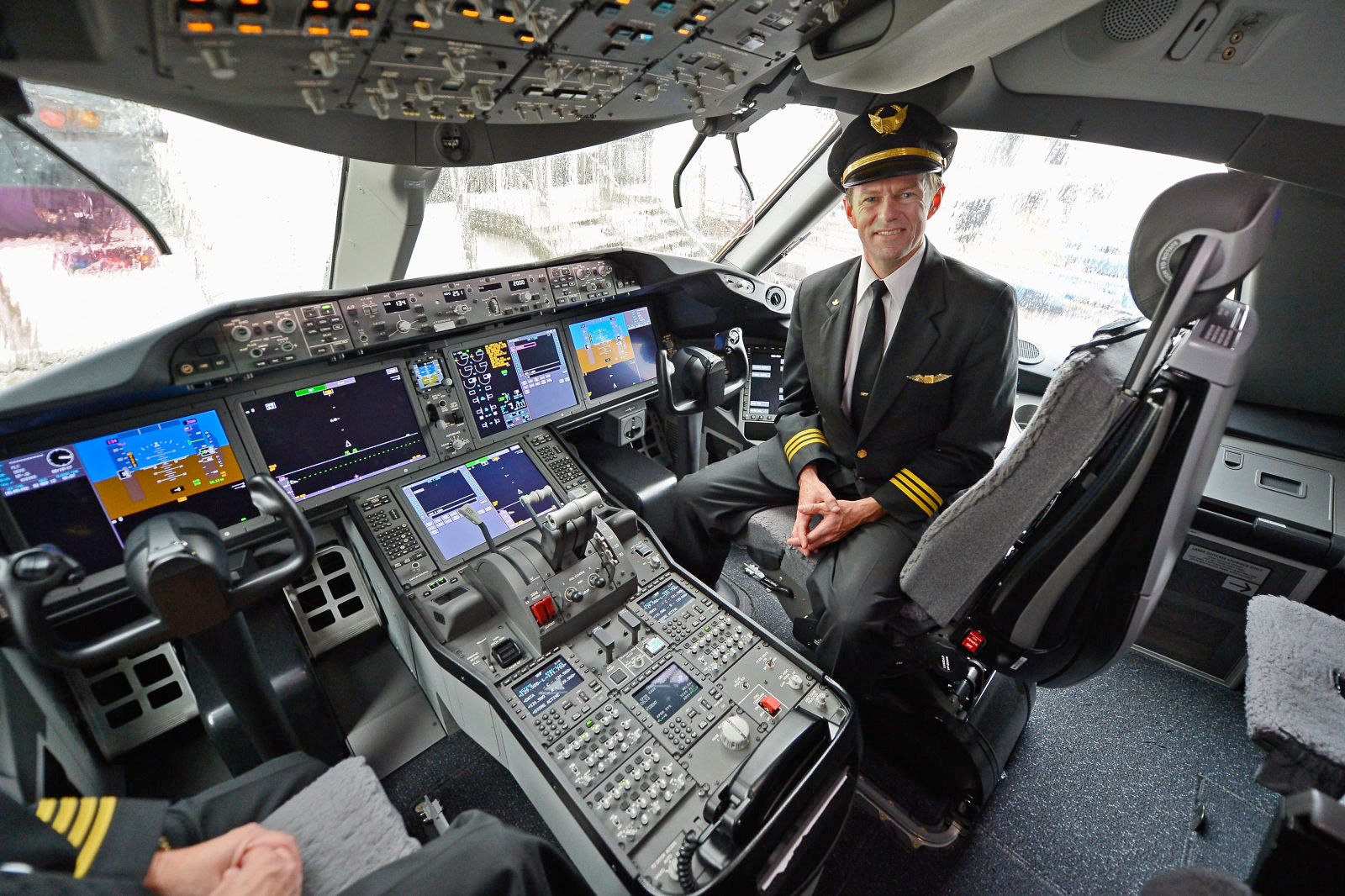 You don't need lax airport screening to create security risks aboard flights. As the TSA found out, you just need someone to post the wrong details on the internet. The Wall Street Journal has learned that a United Airlines (yes, it's in the news aga...
You don't need lax airport screening to create security risks aboard flights. As the TSA found out, you just need someone to post the wrong details on the internet. The Wall Street Journal has learned that a United Airlines (yes, it's in the news aga...
